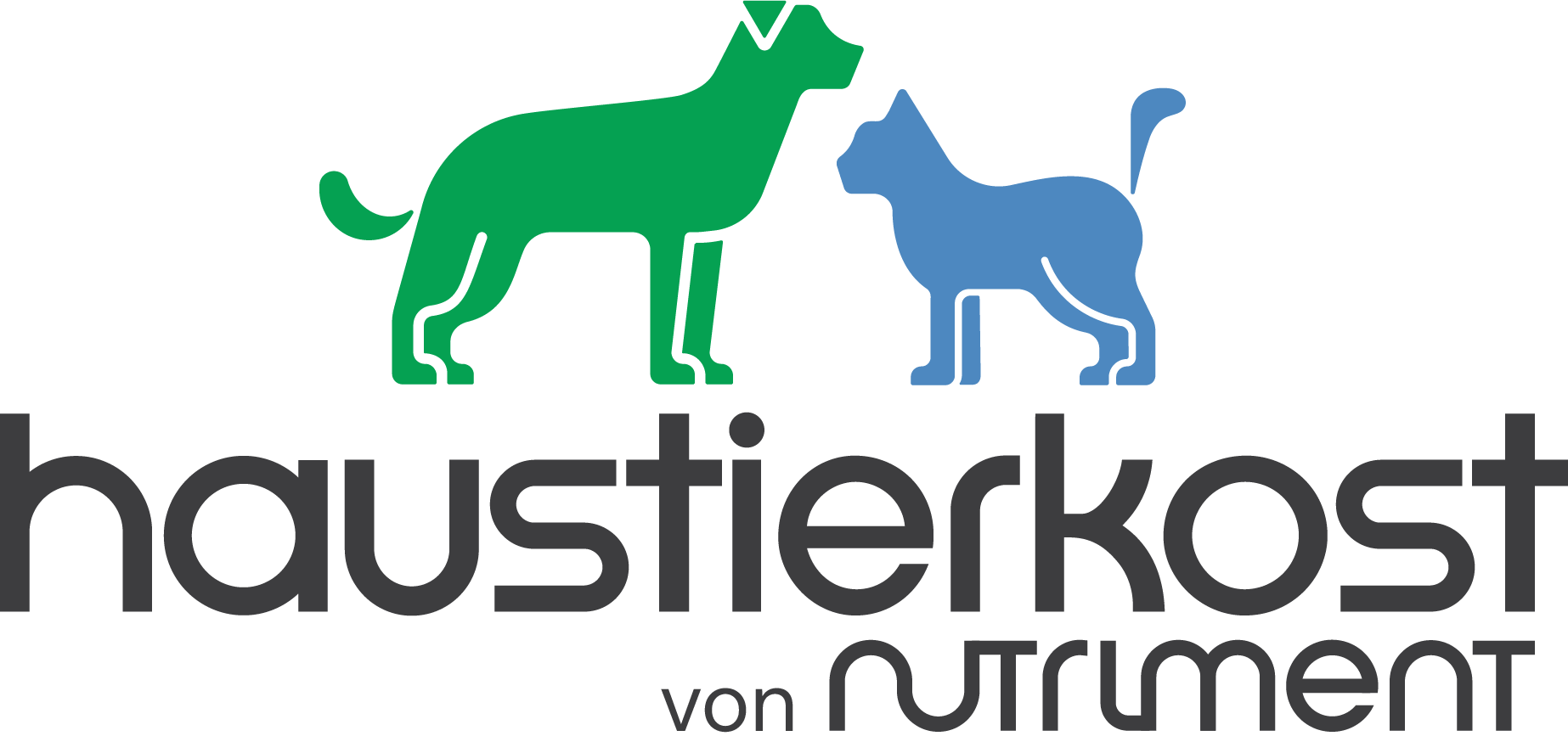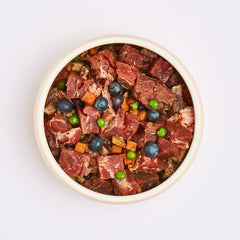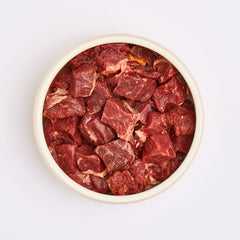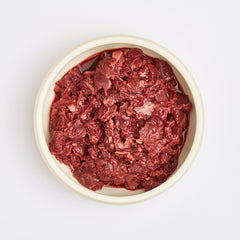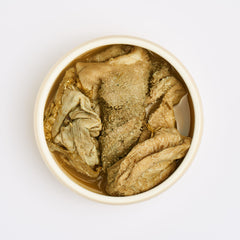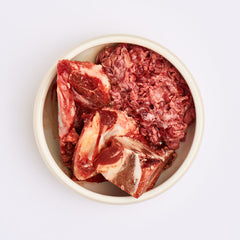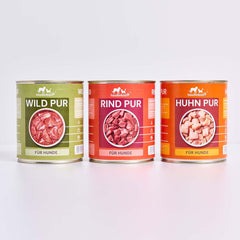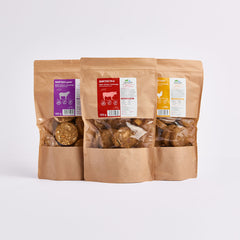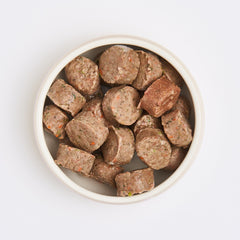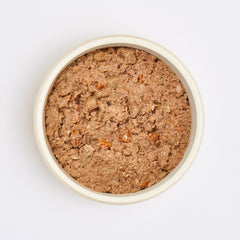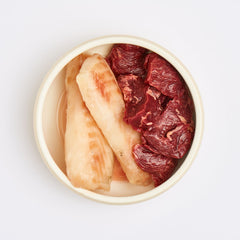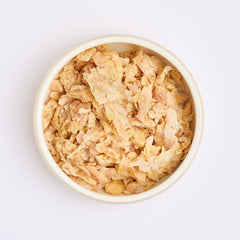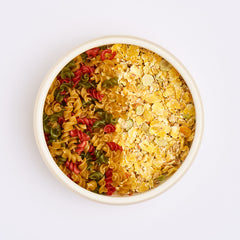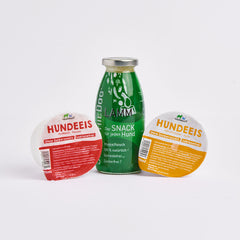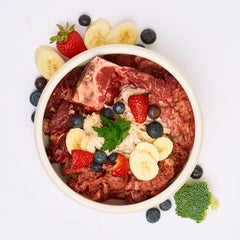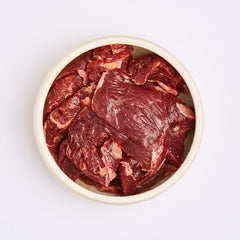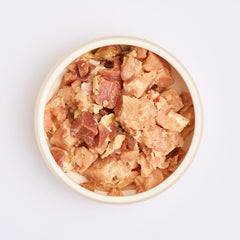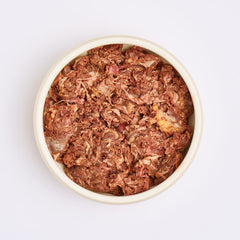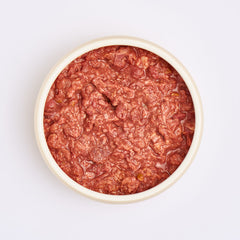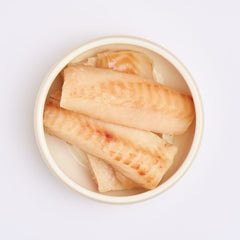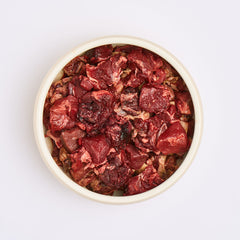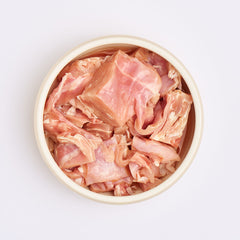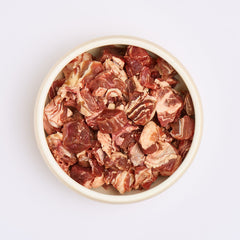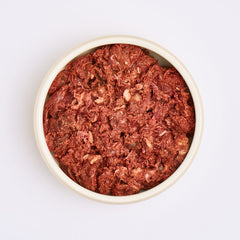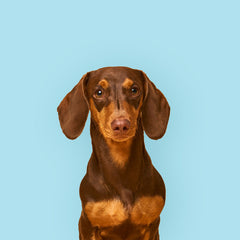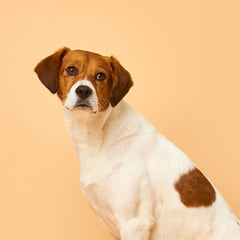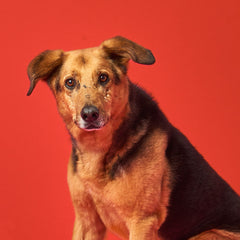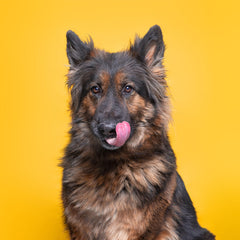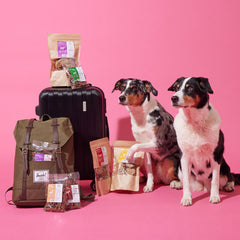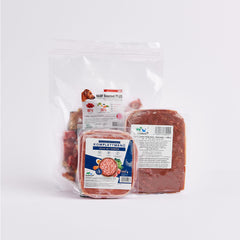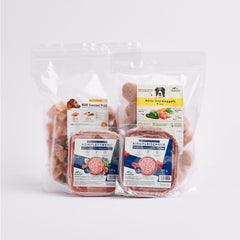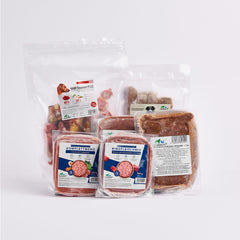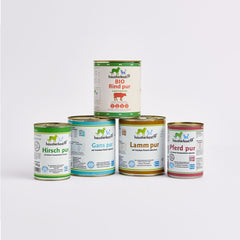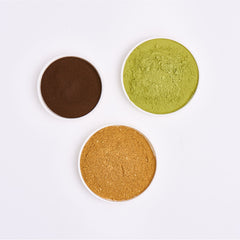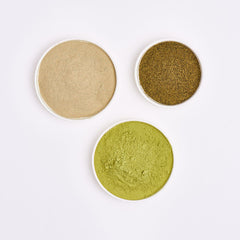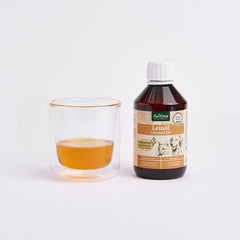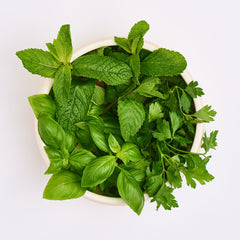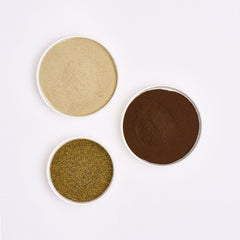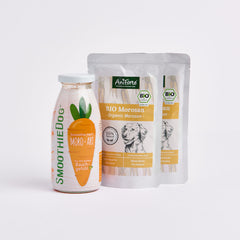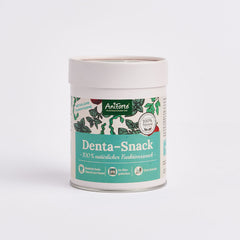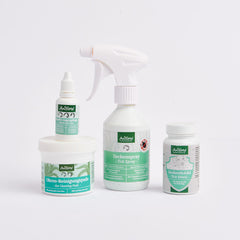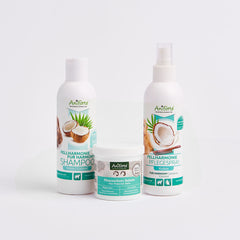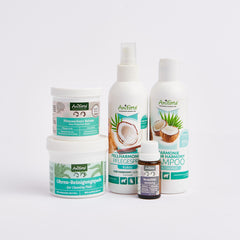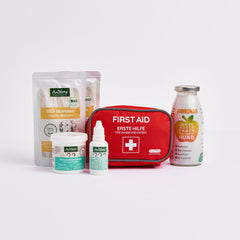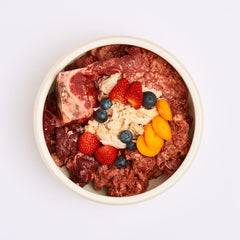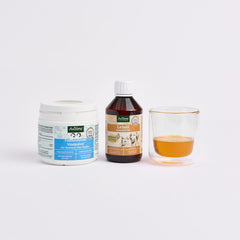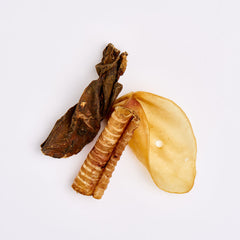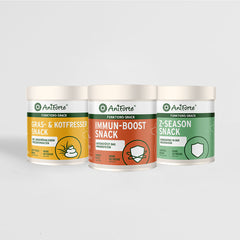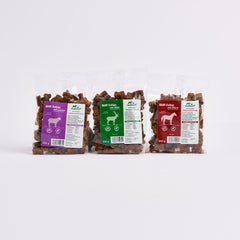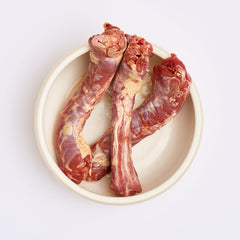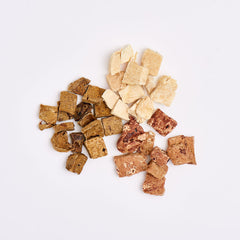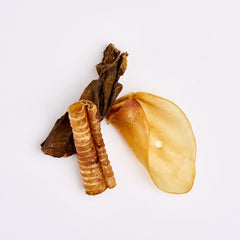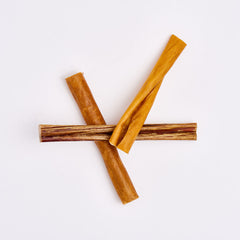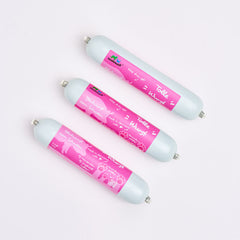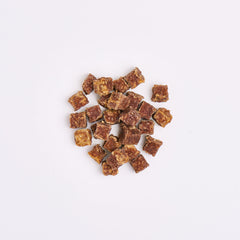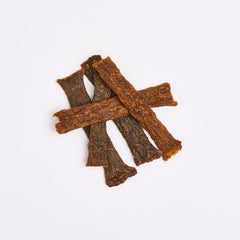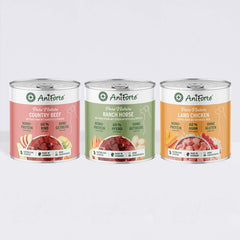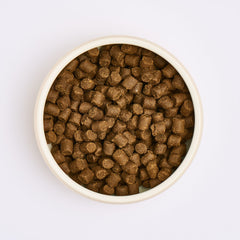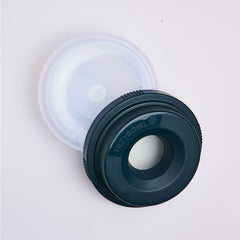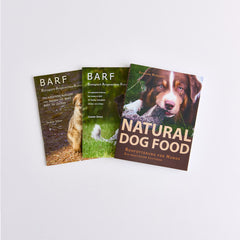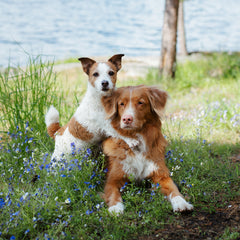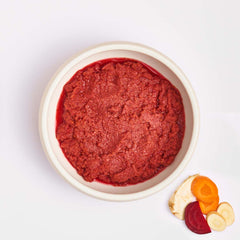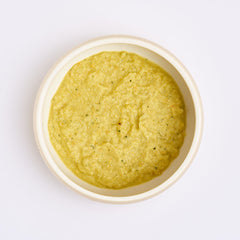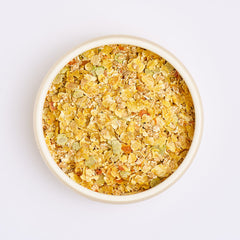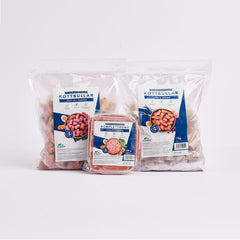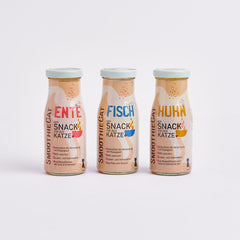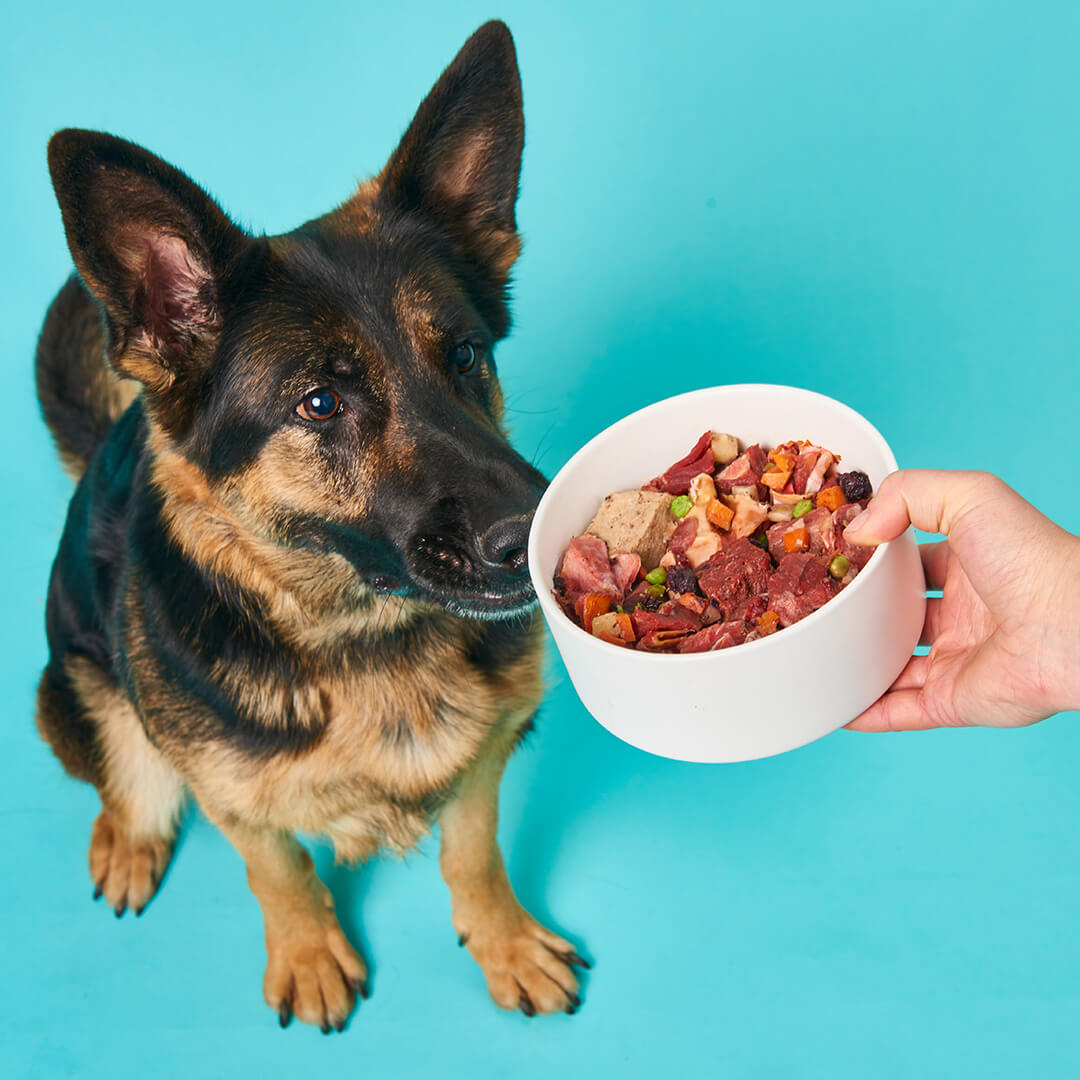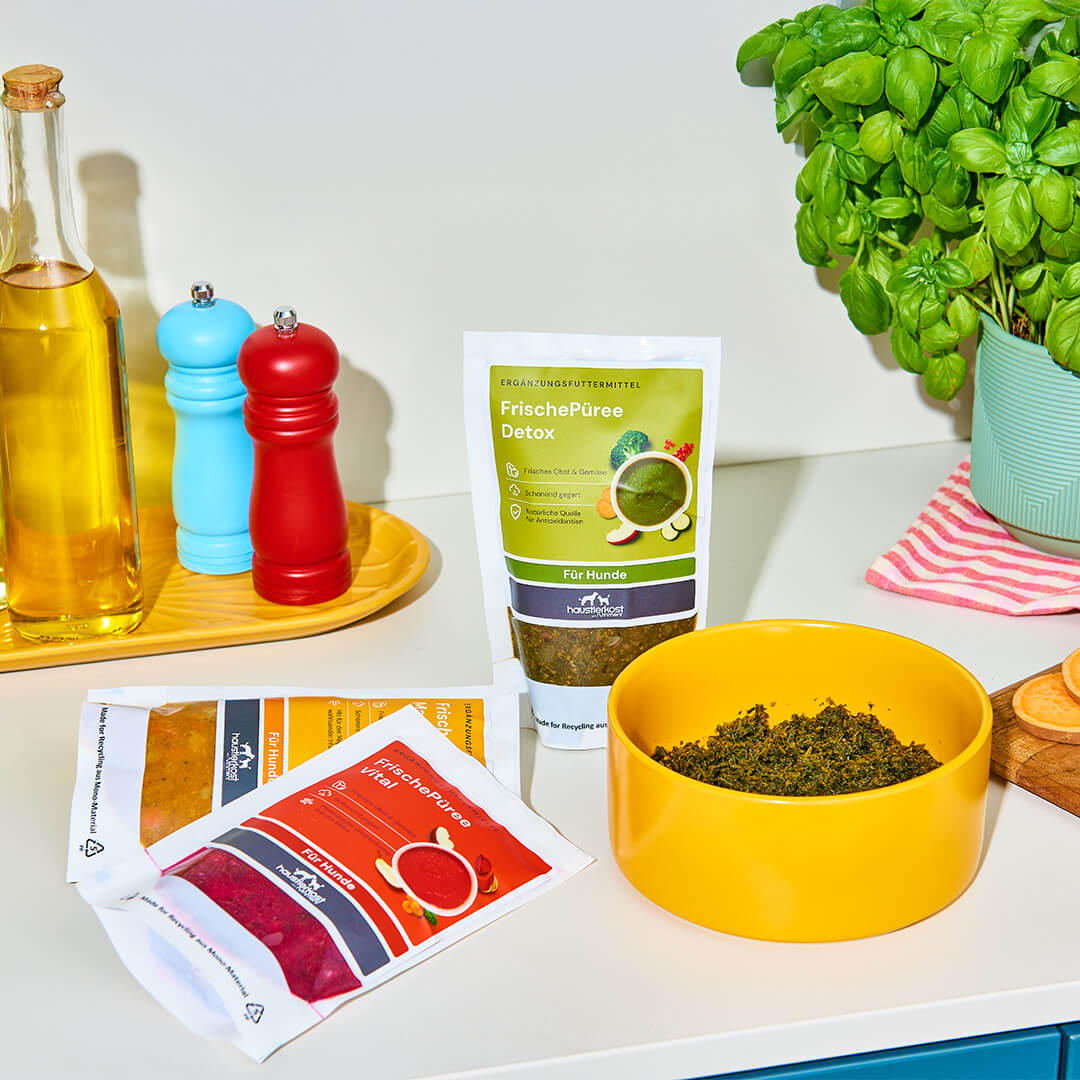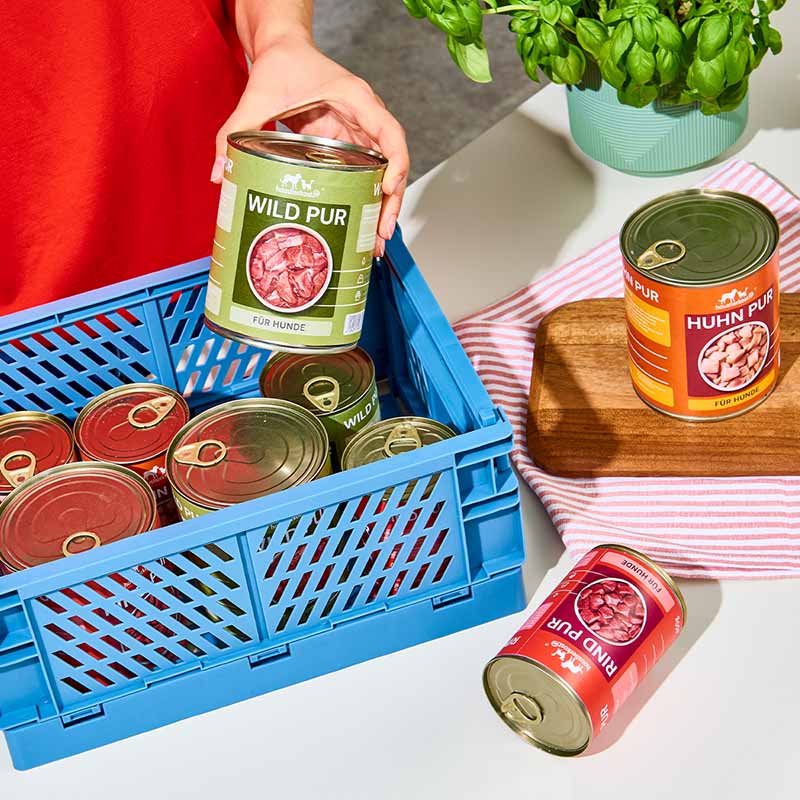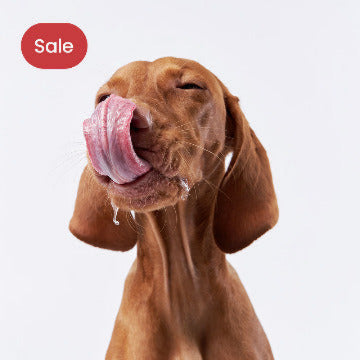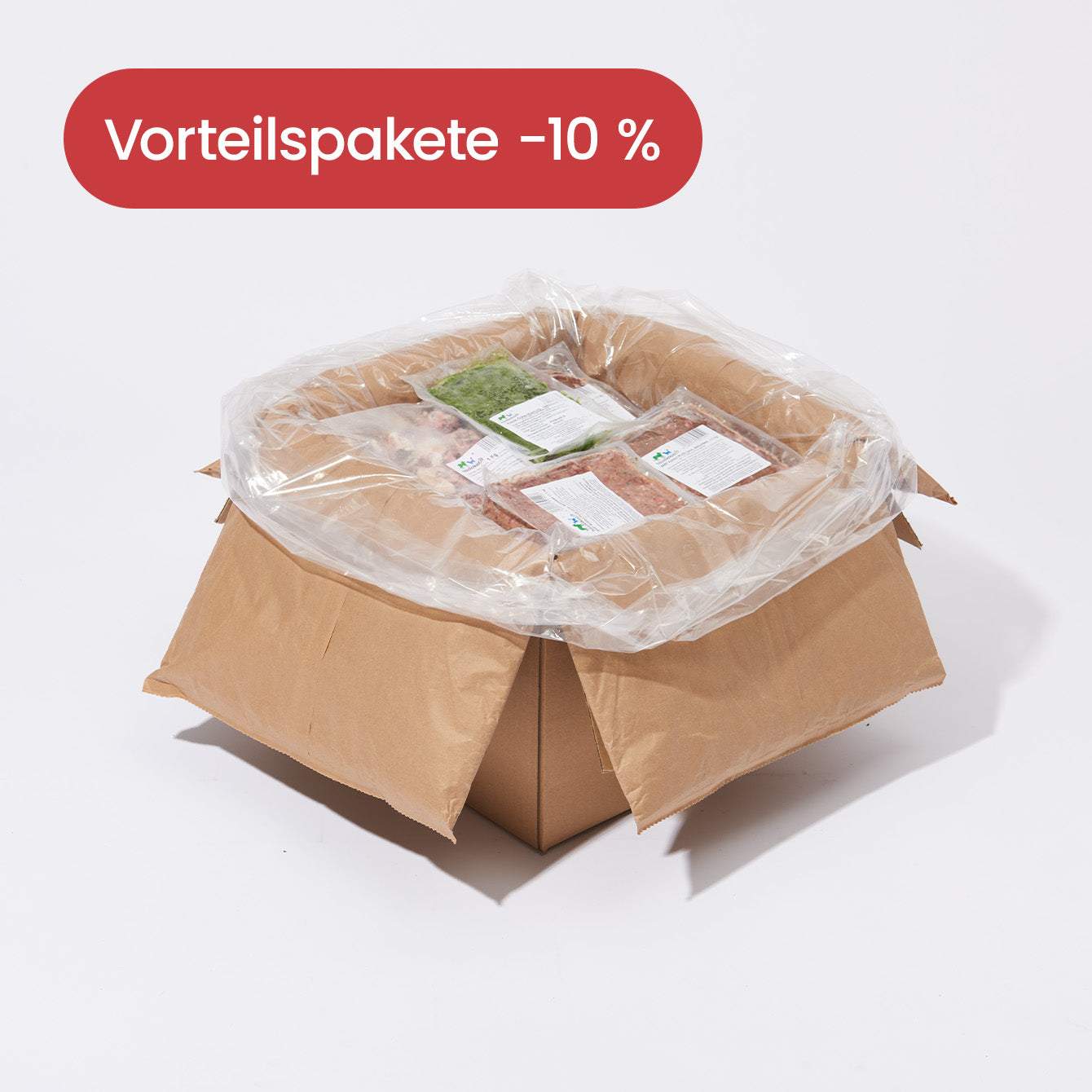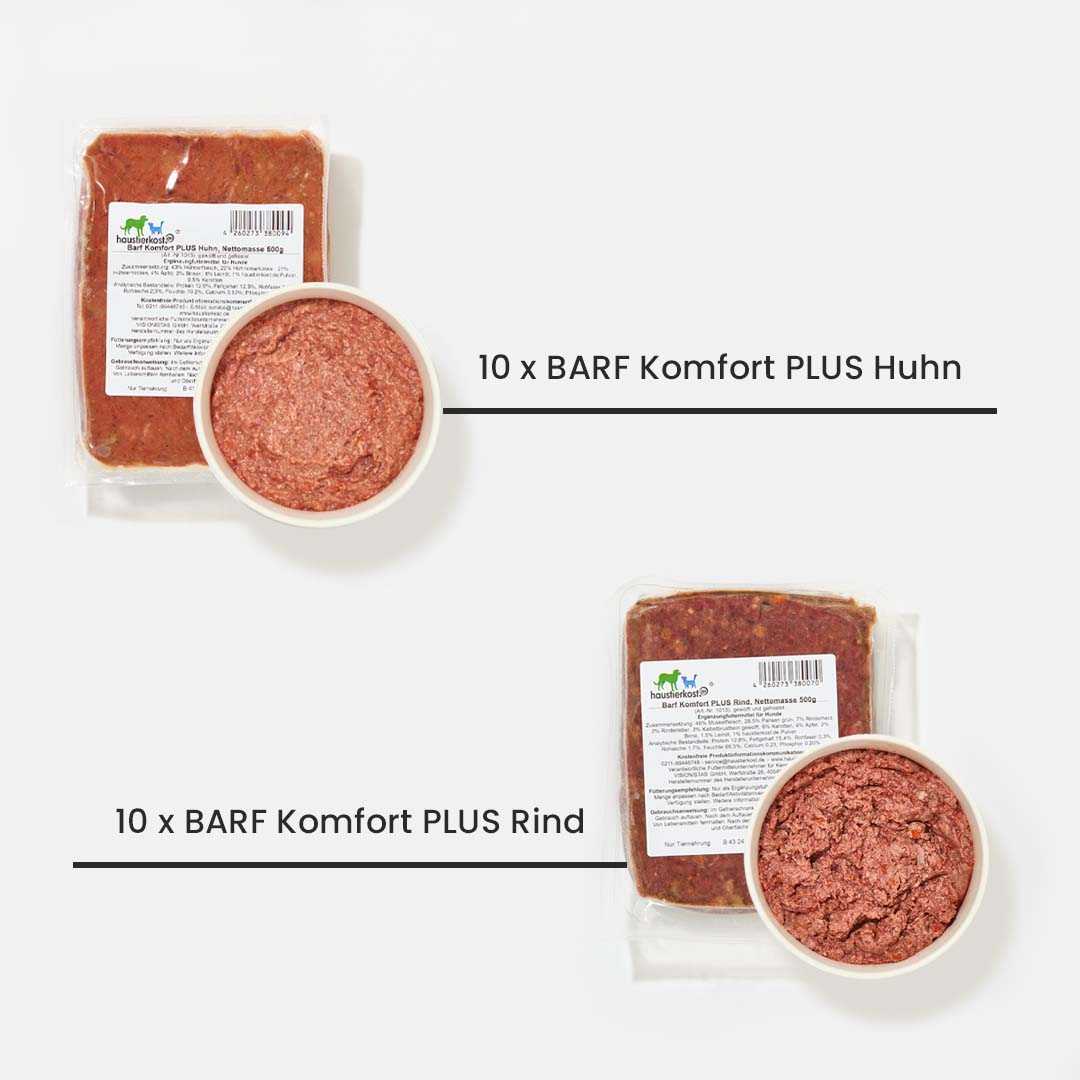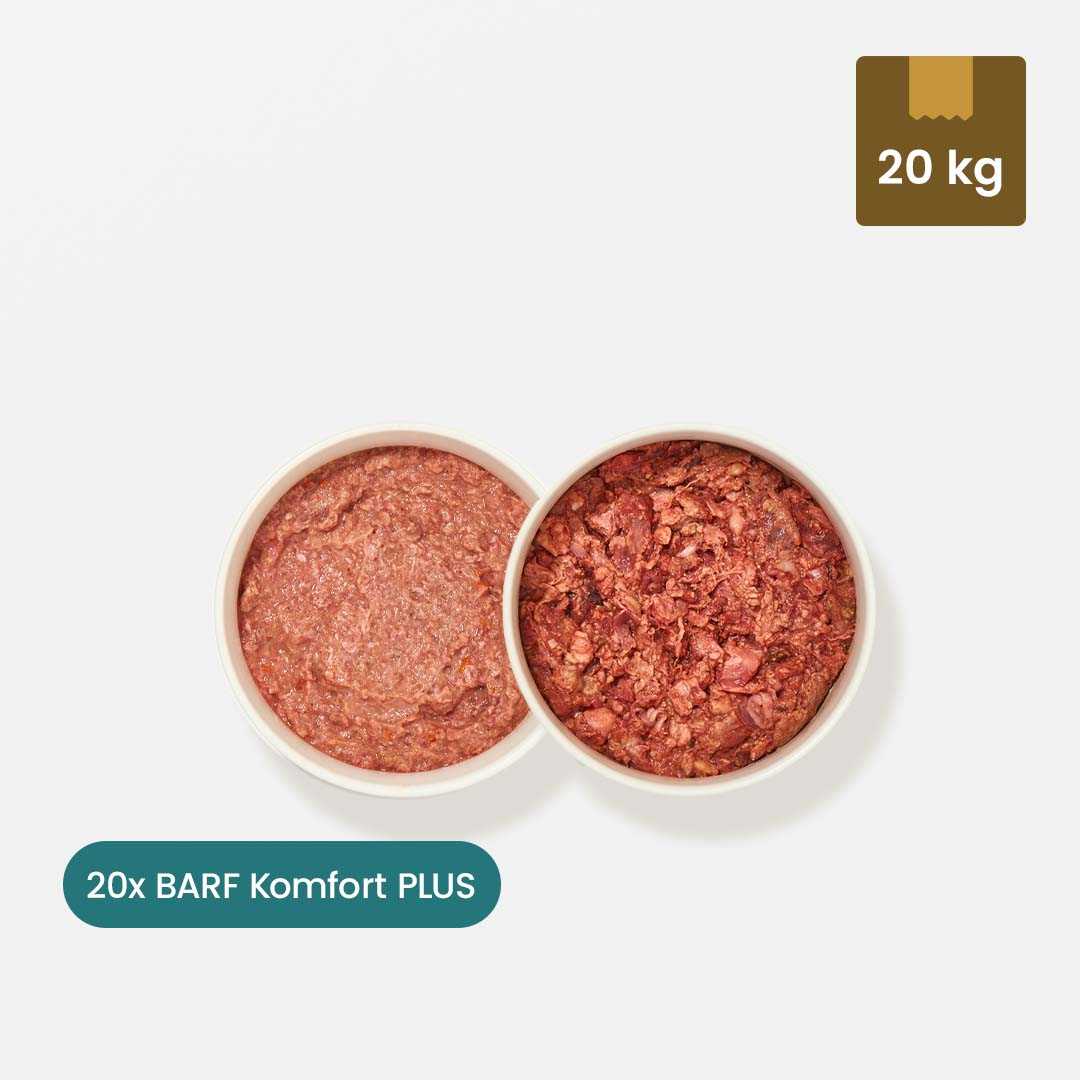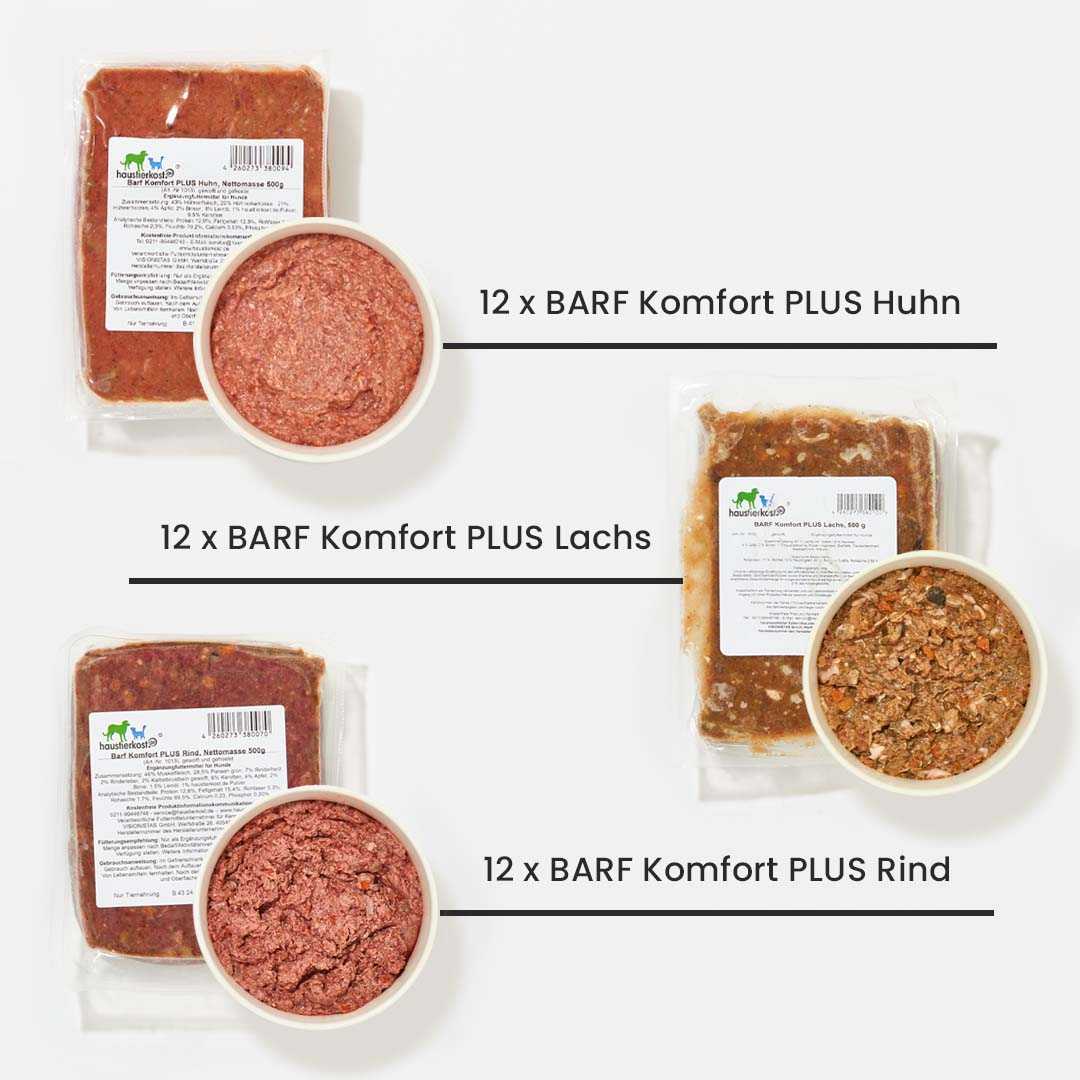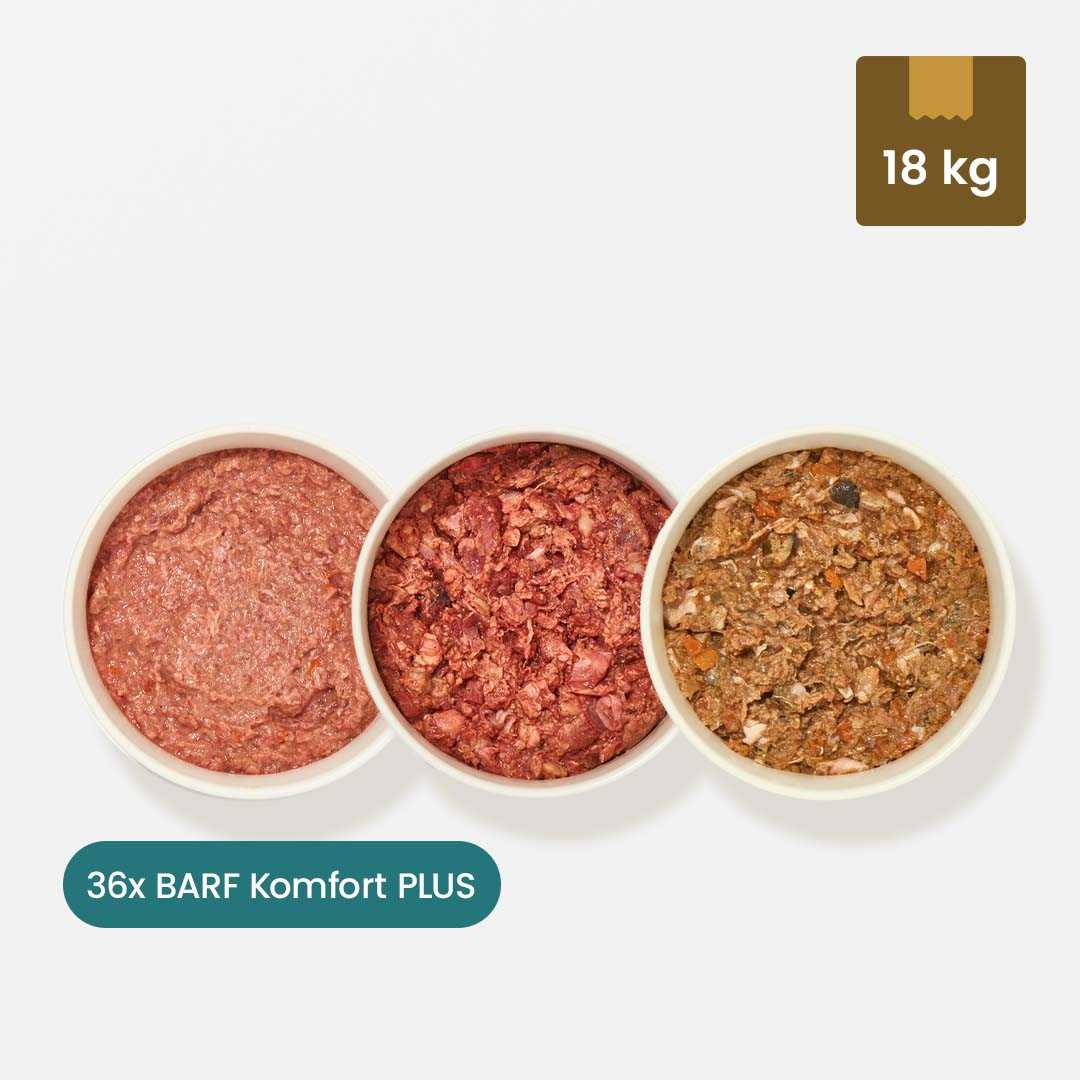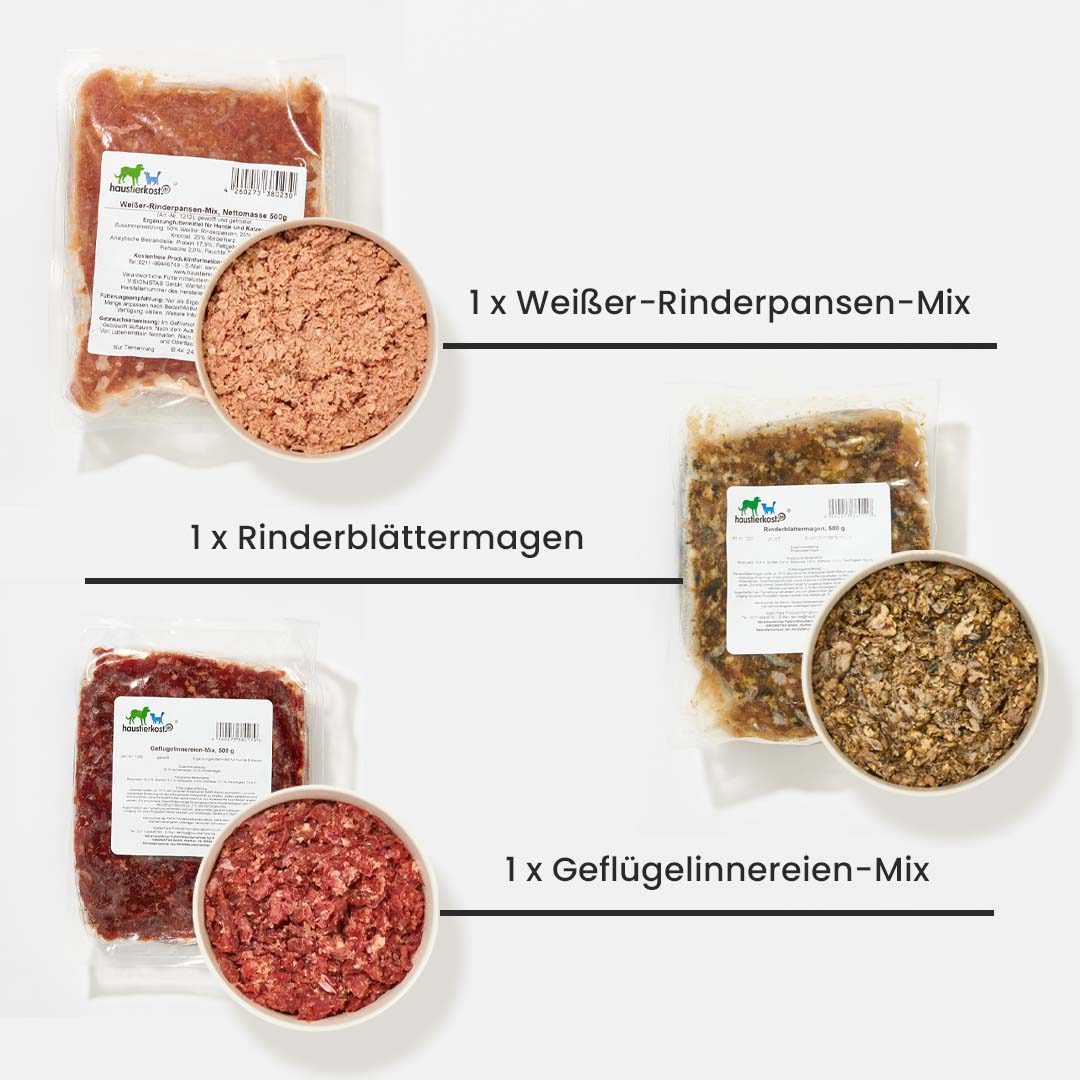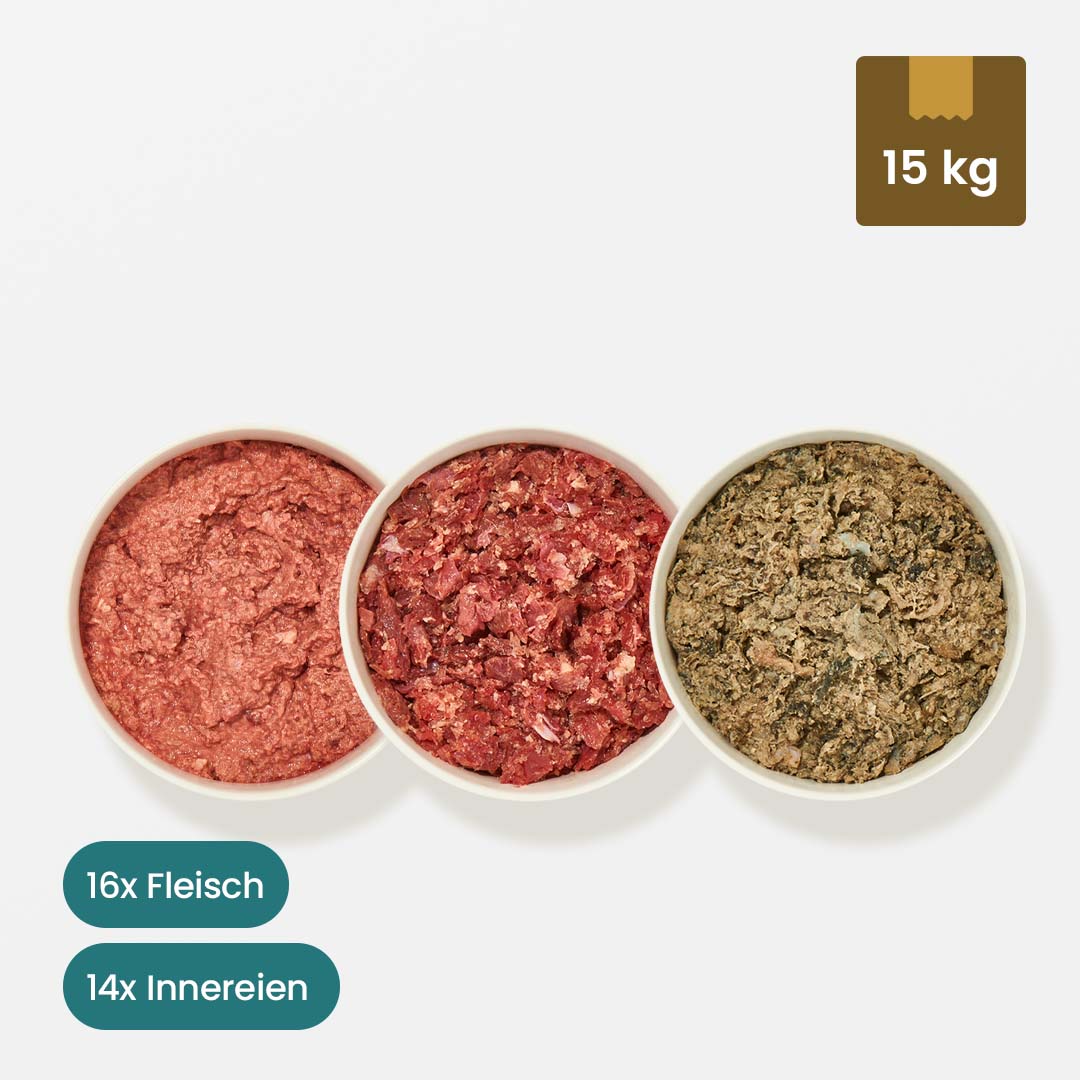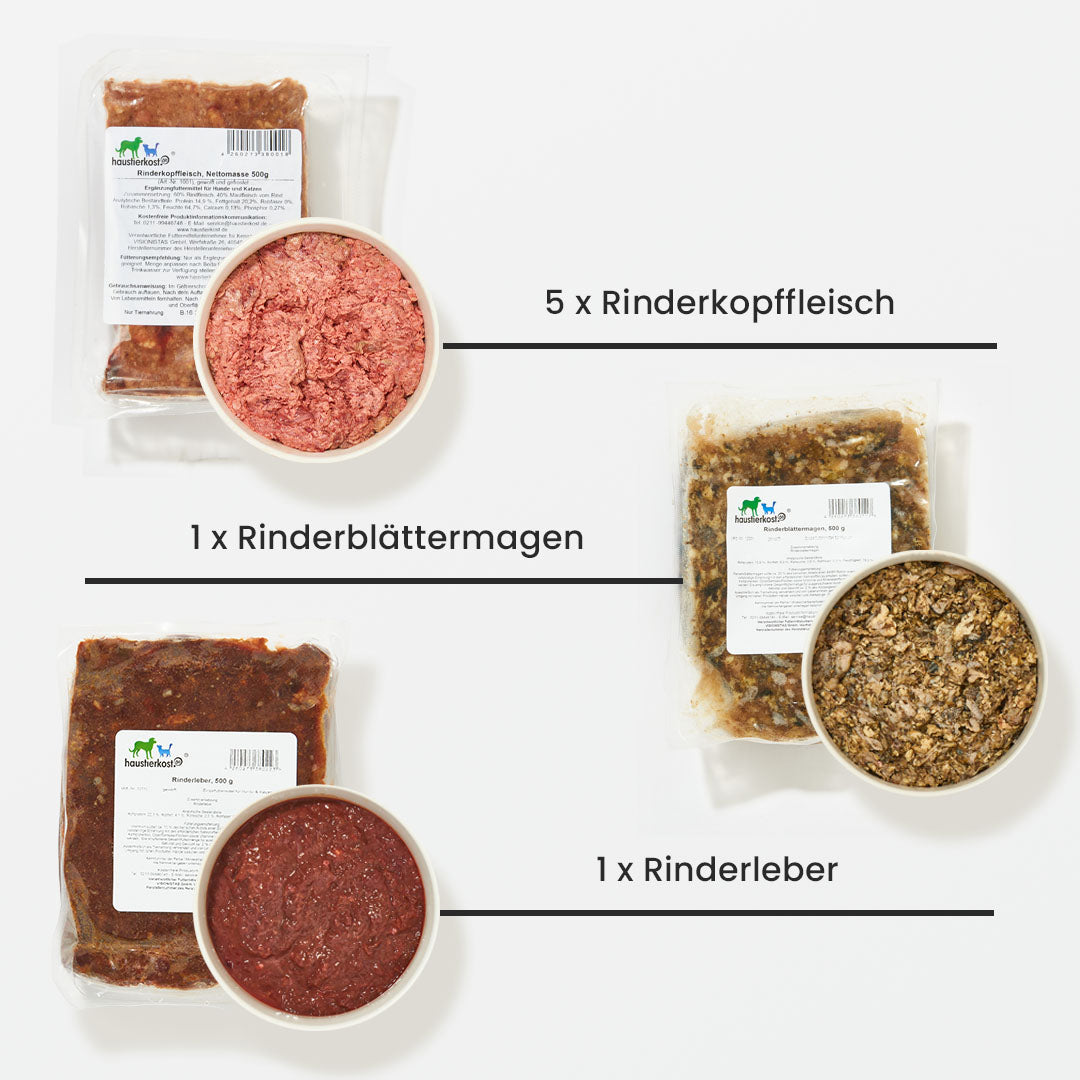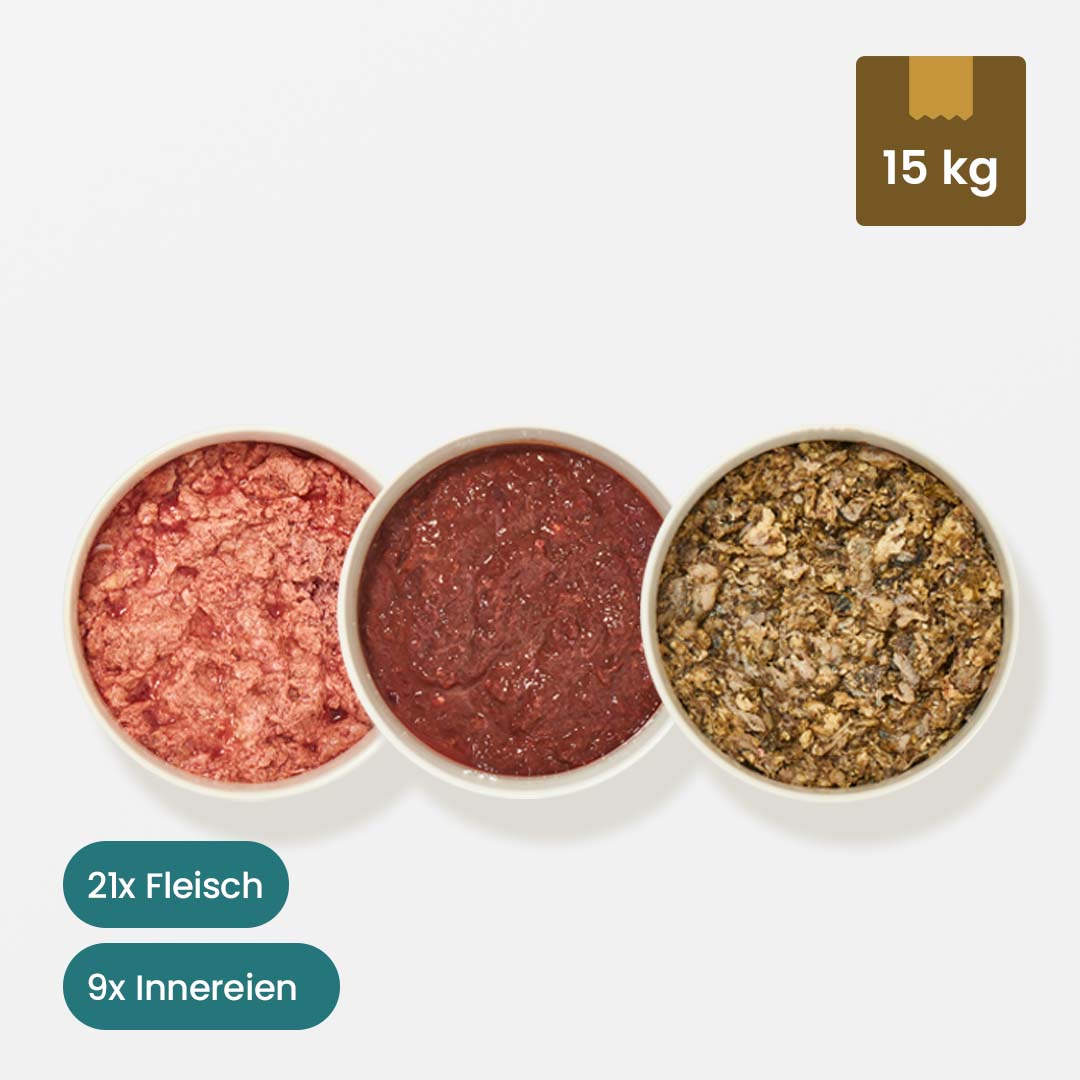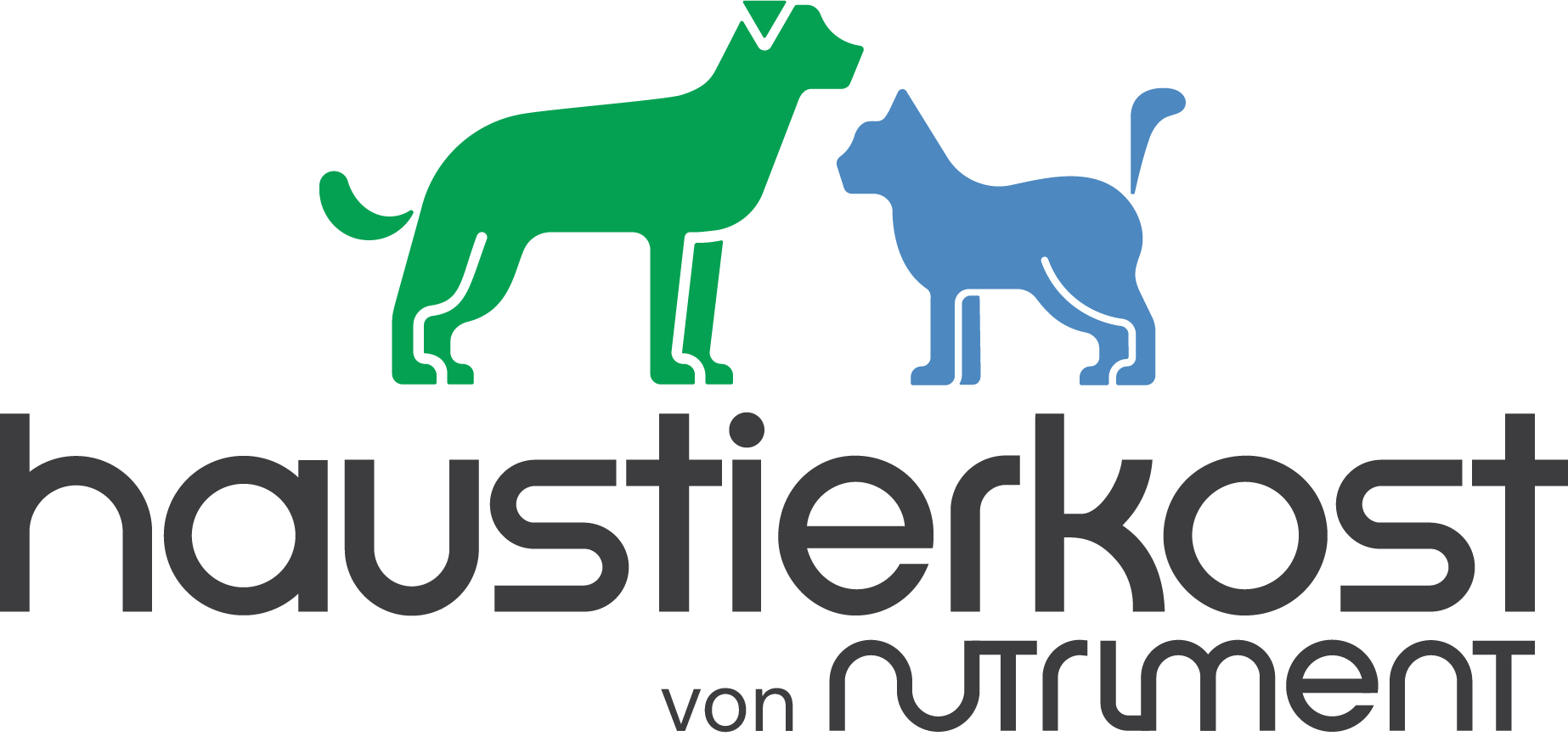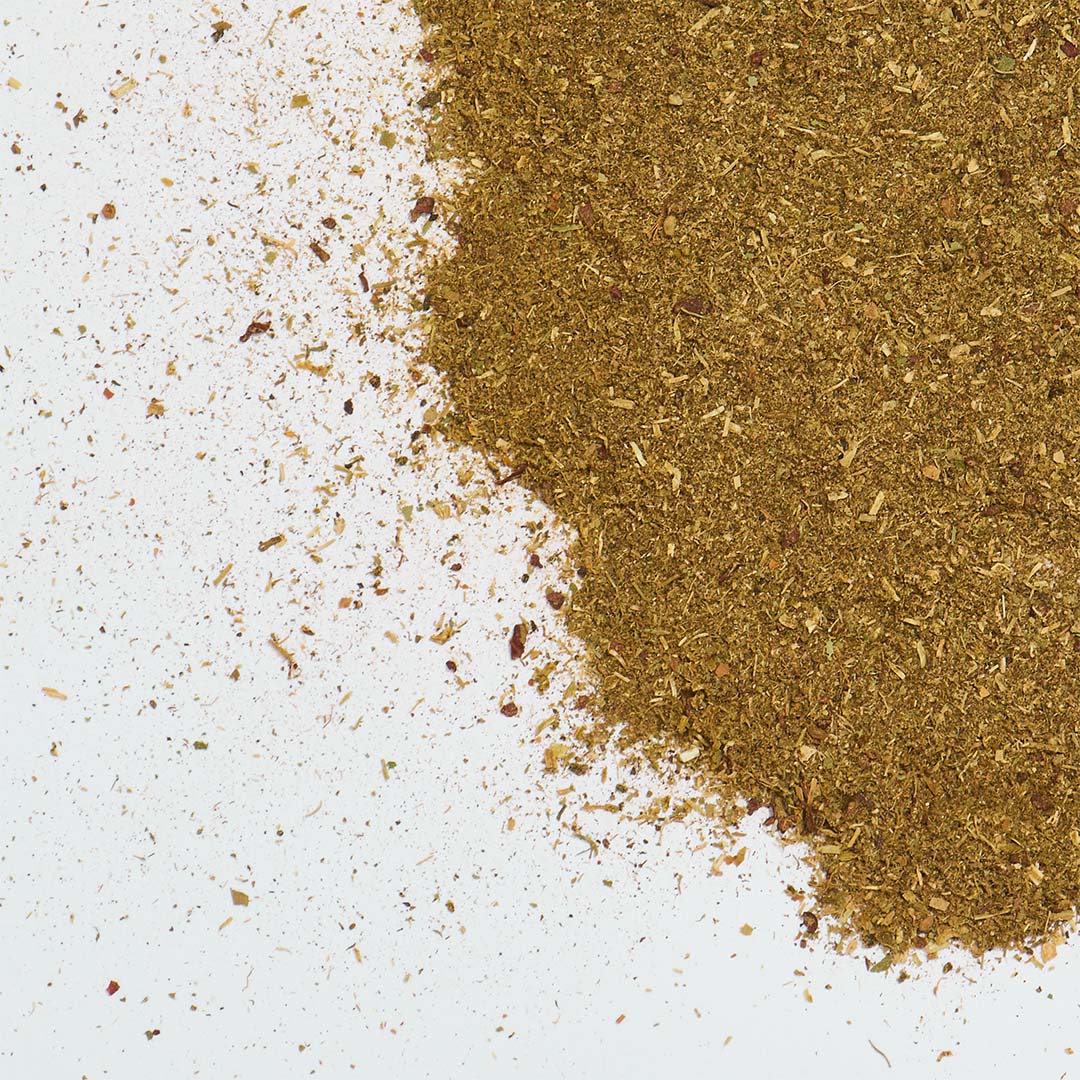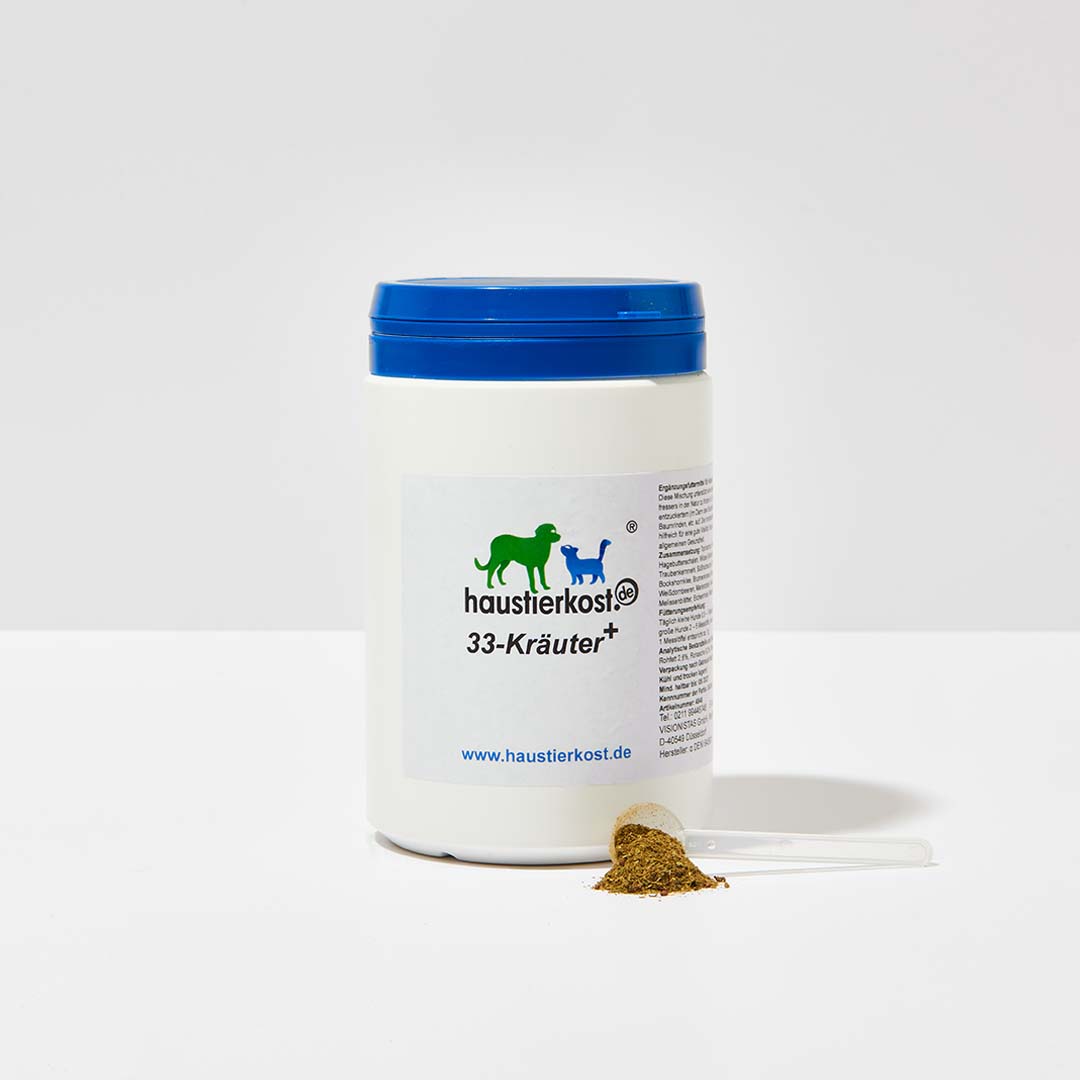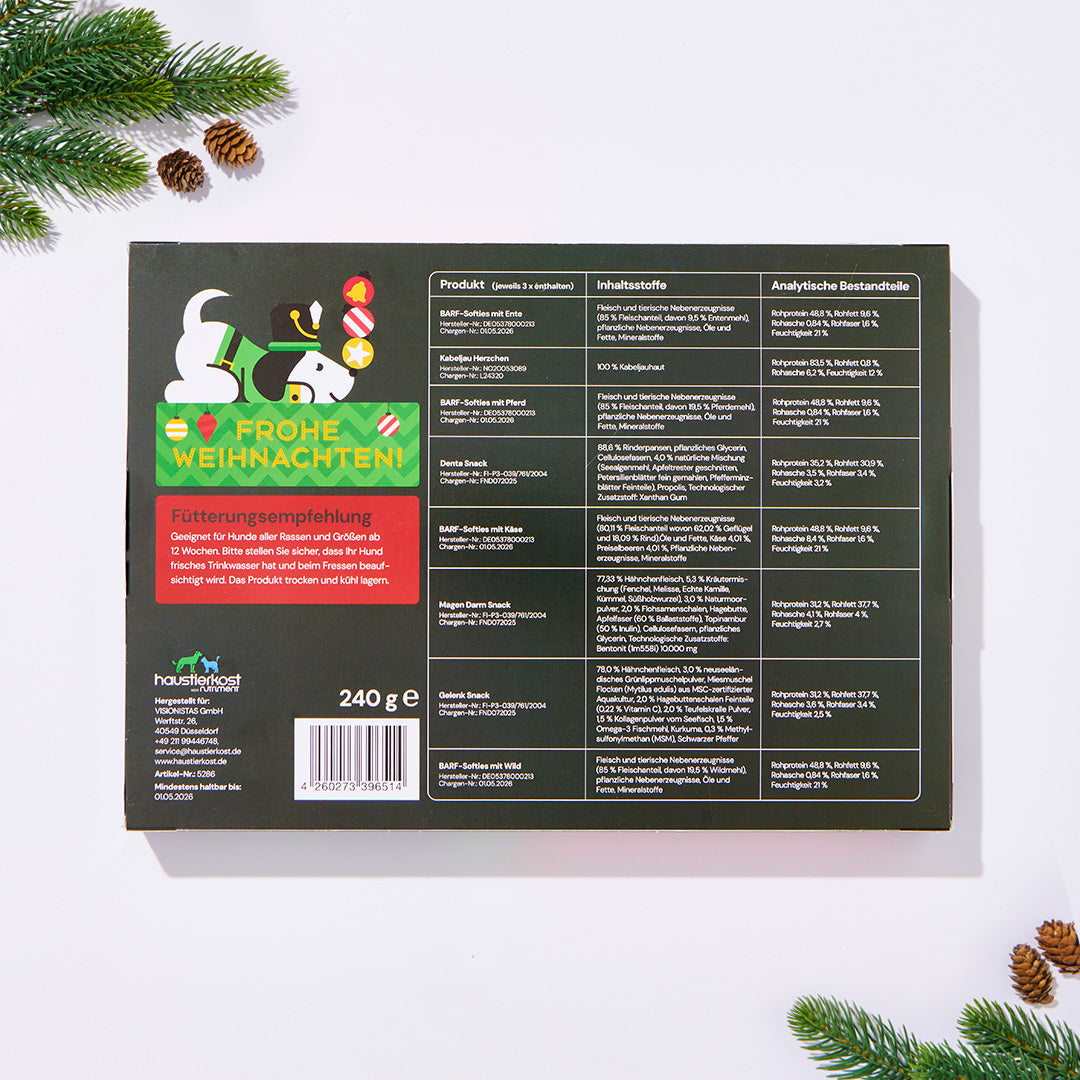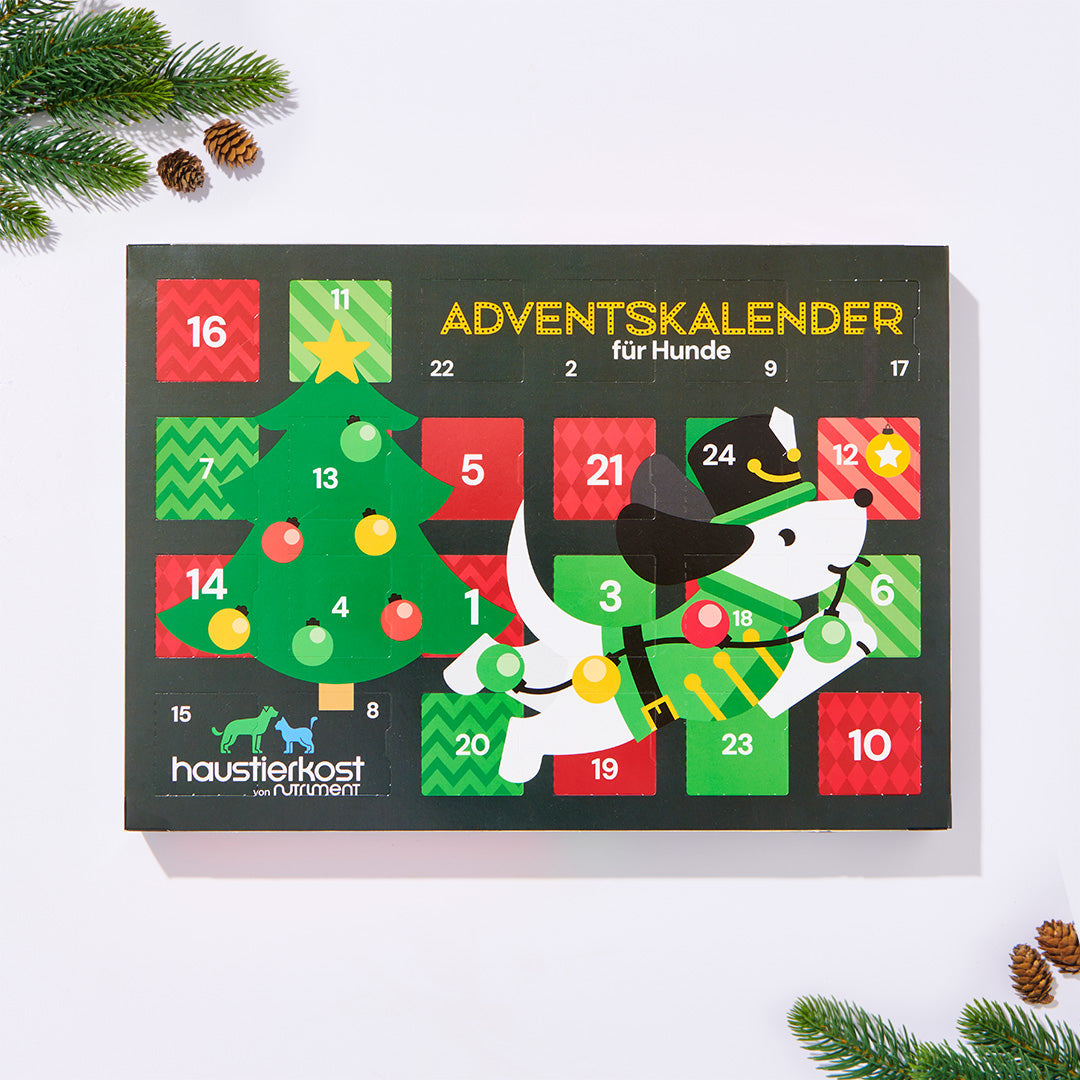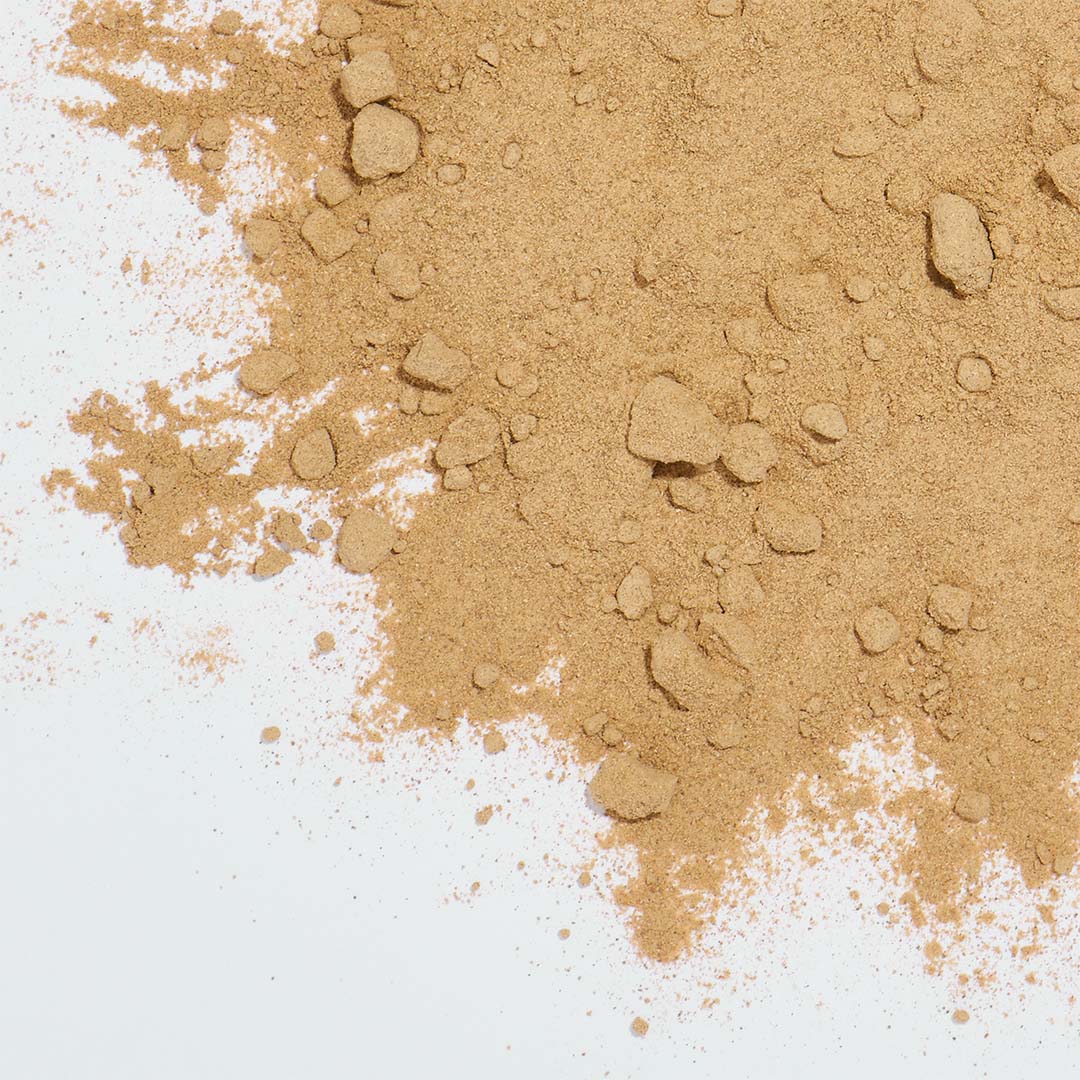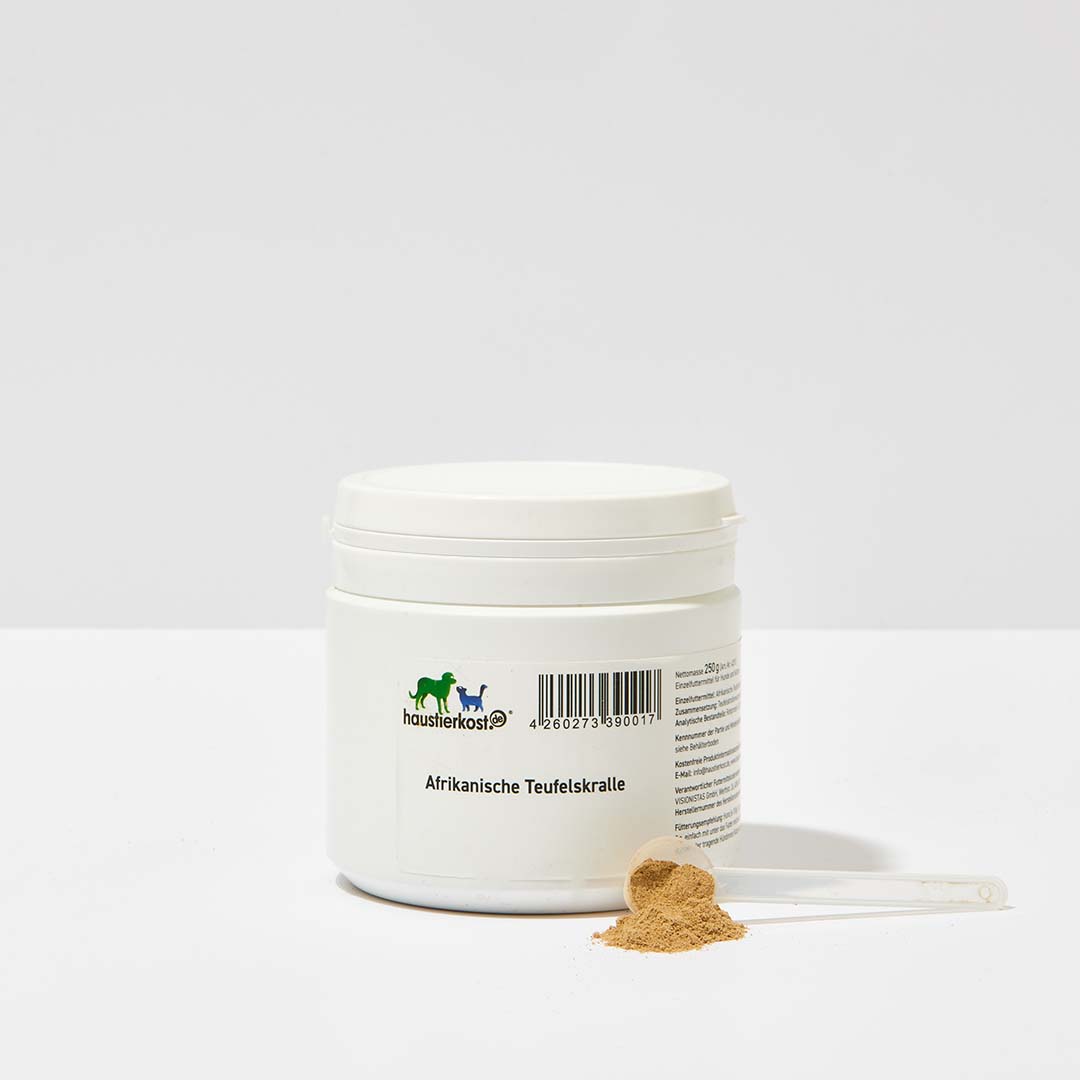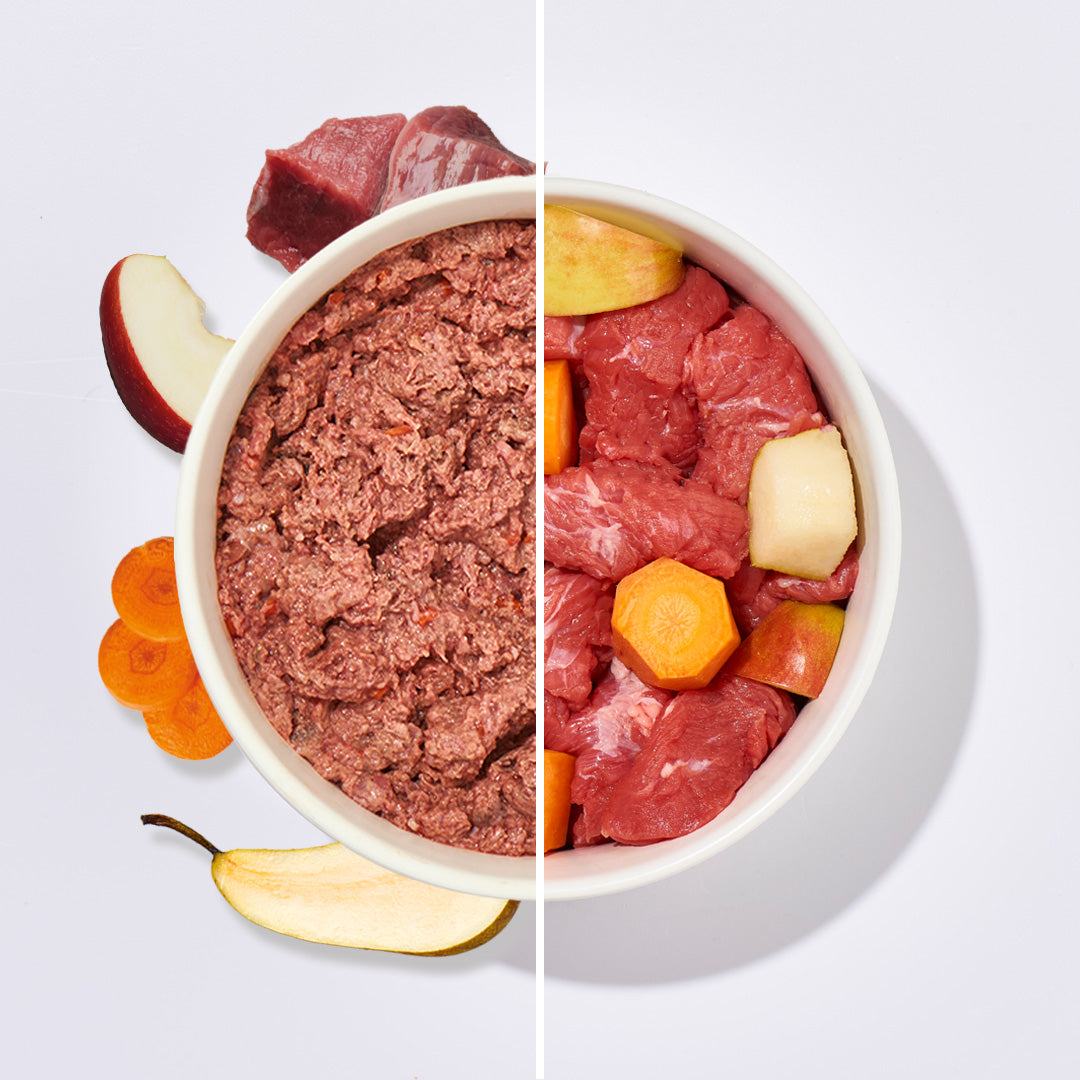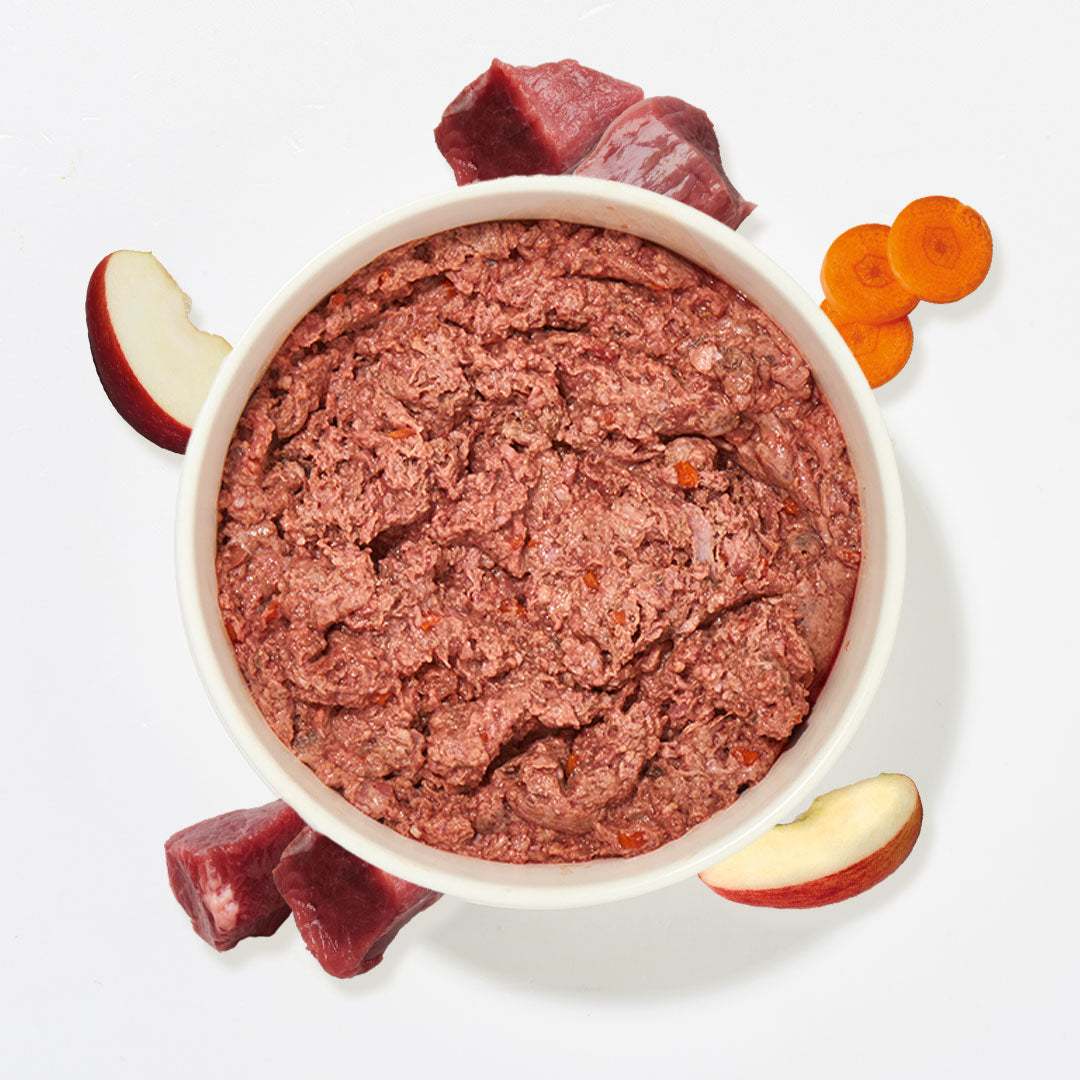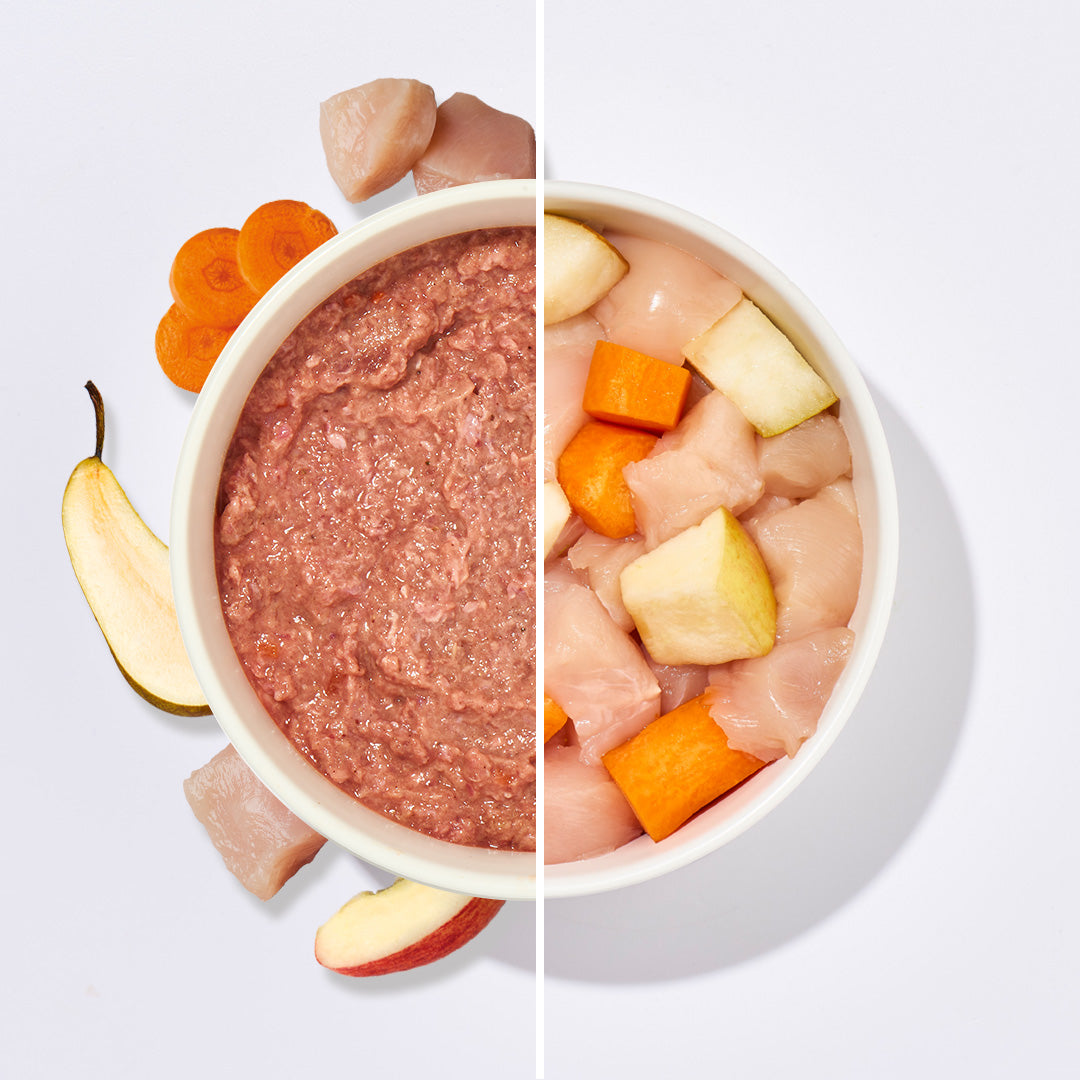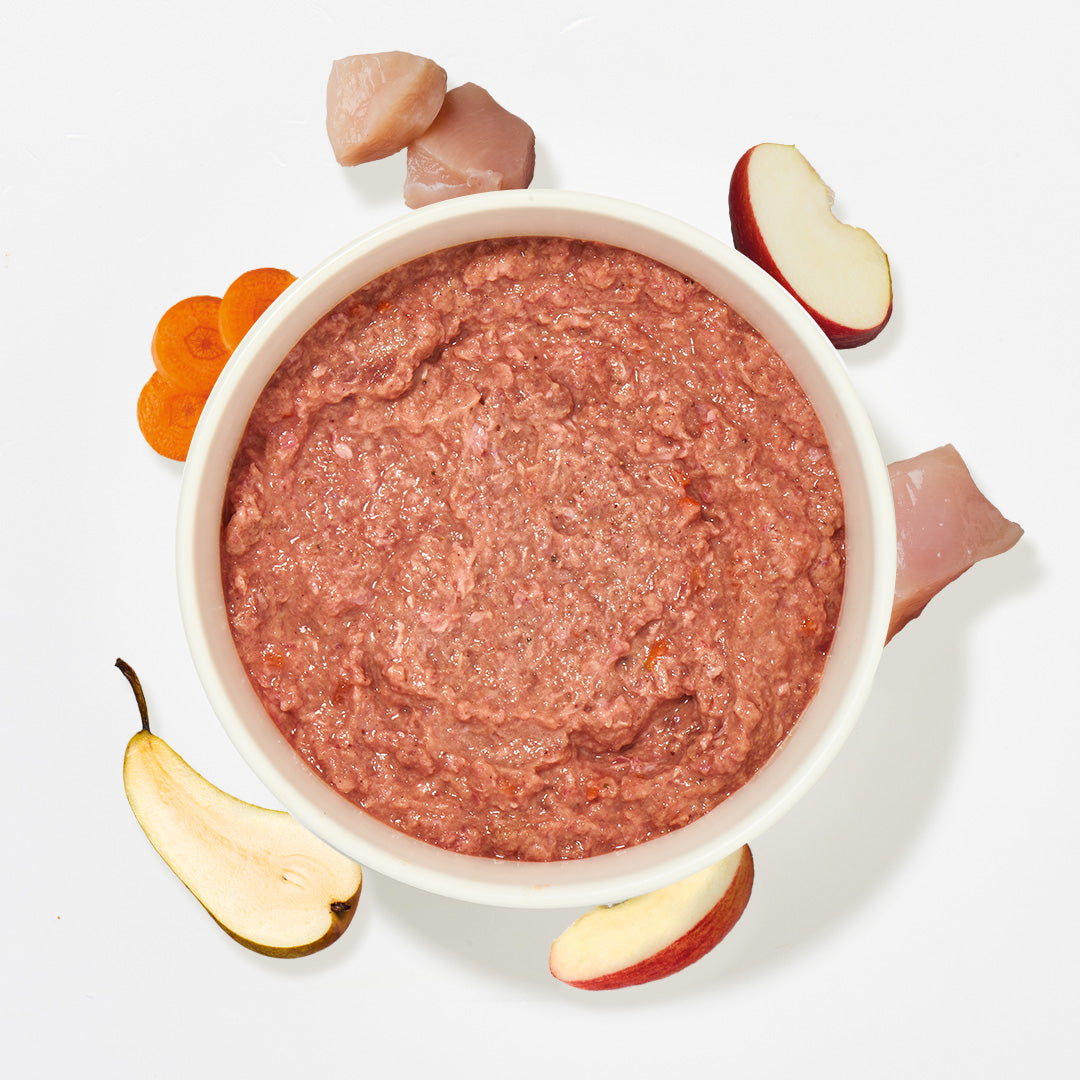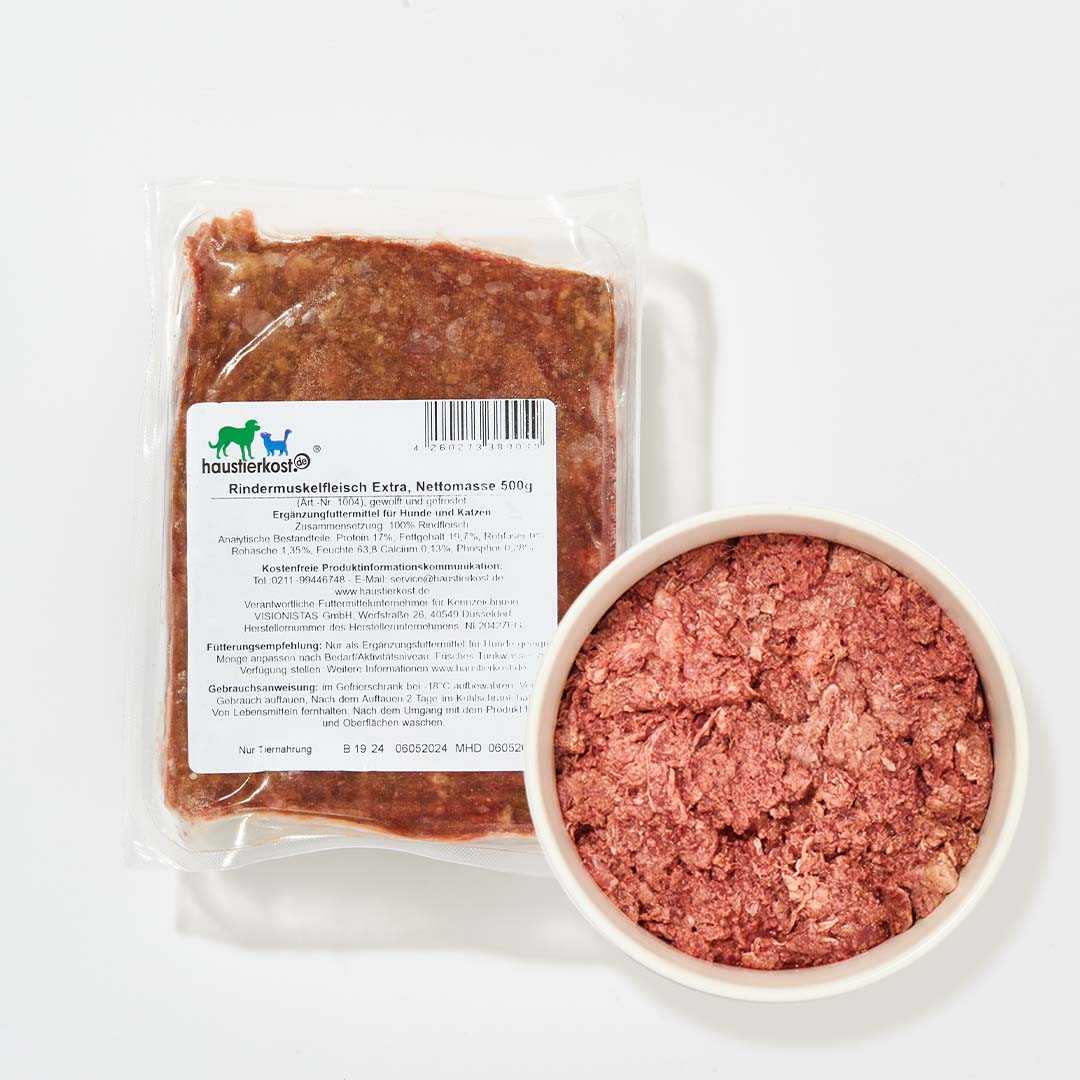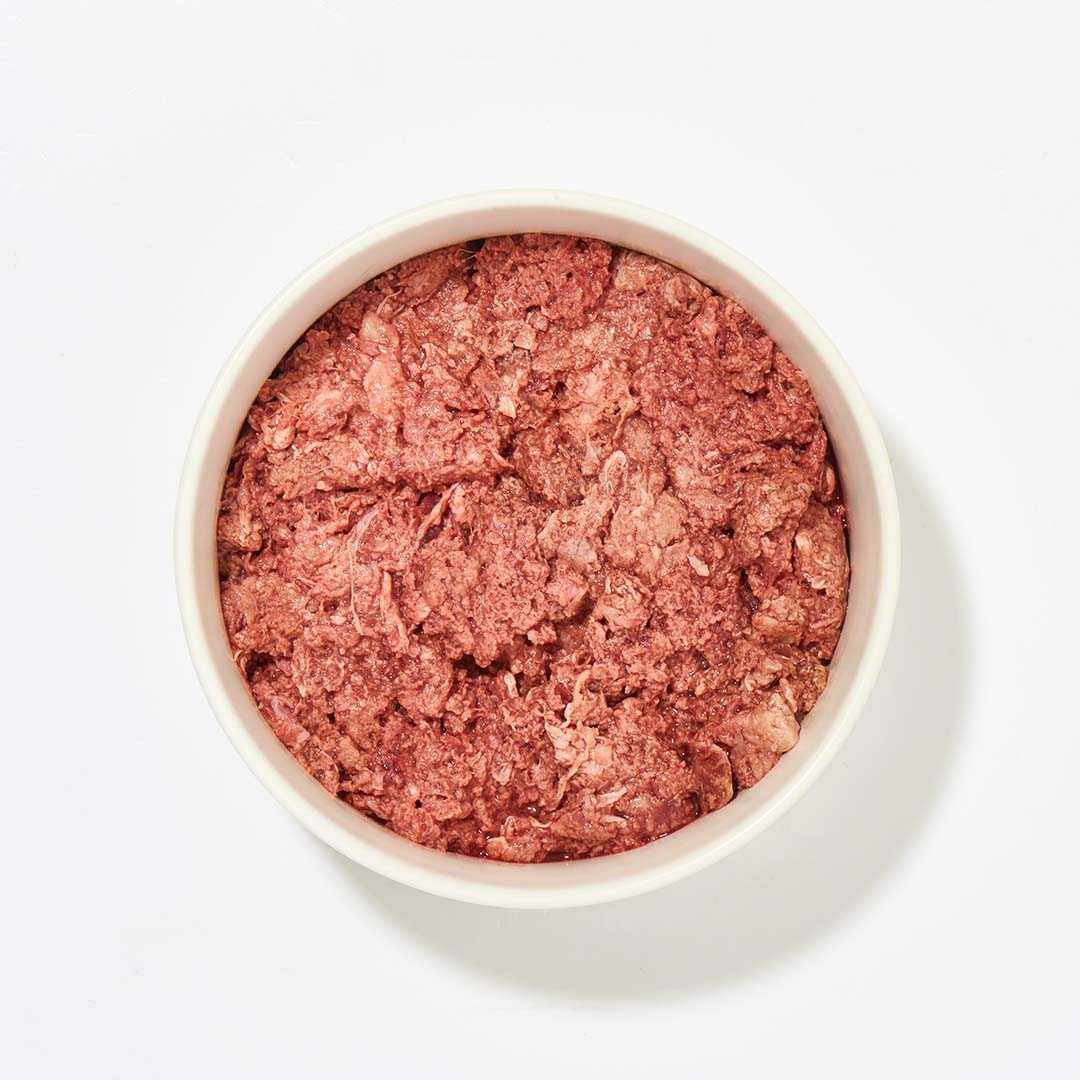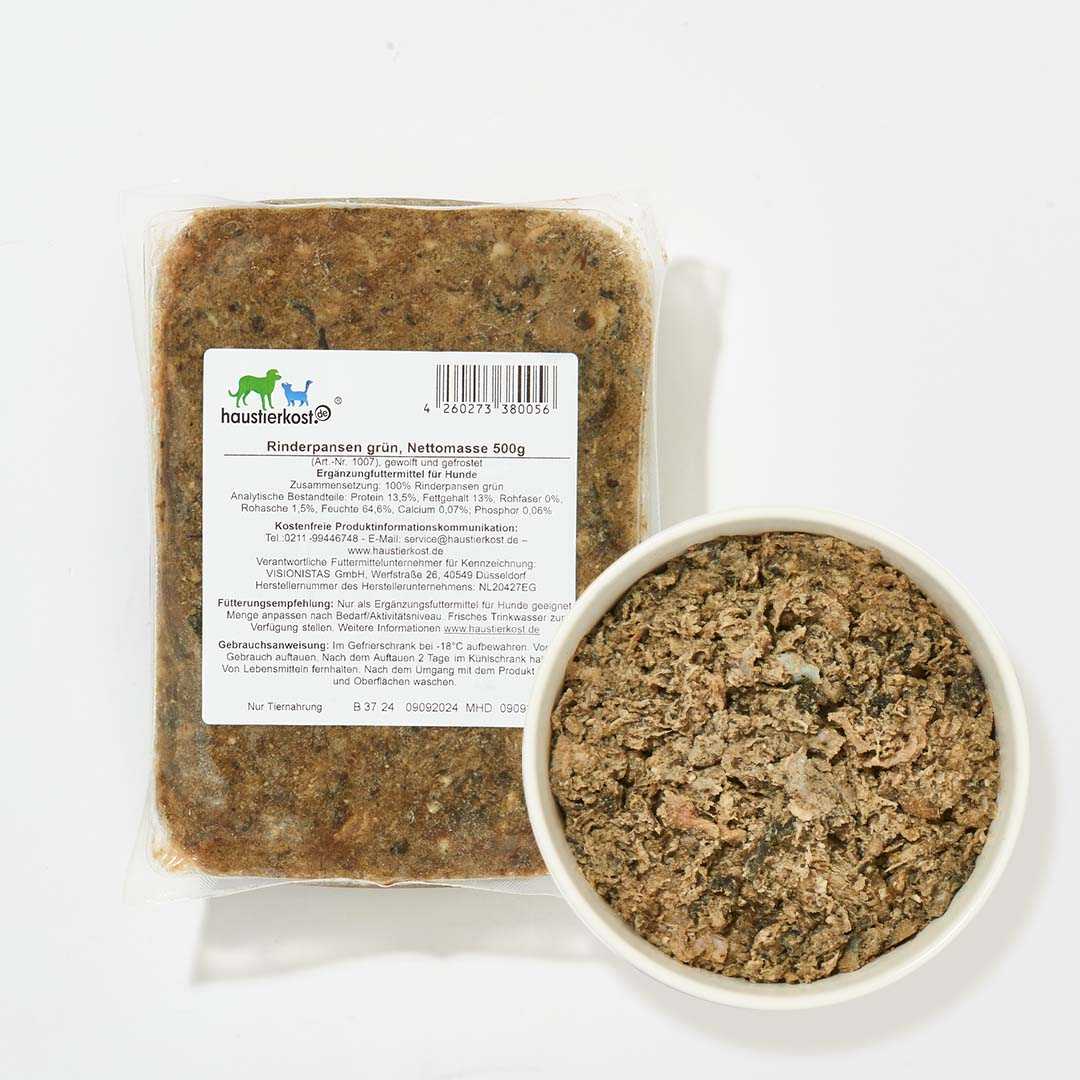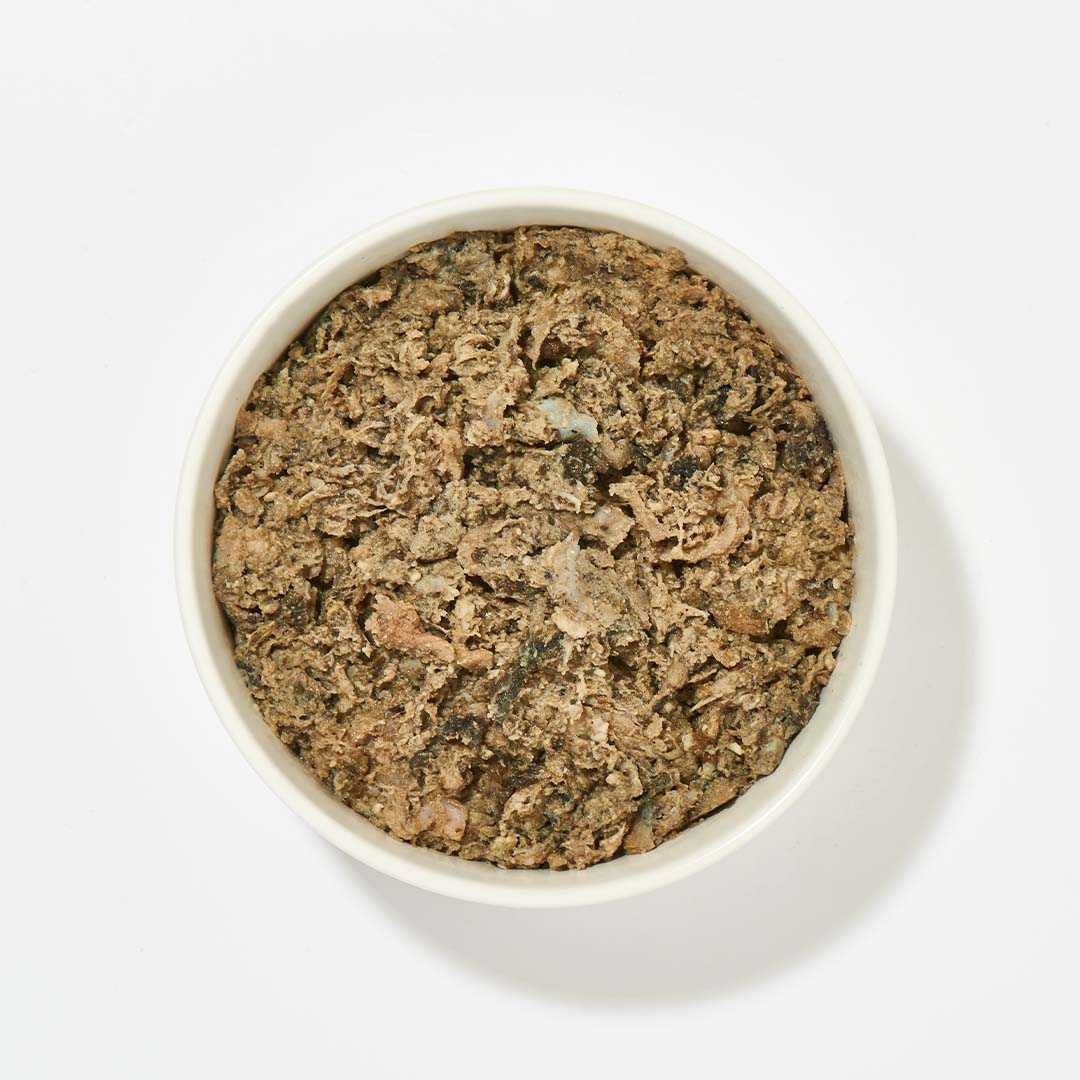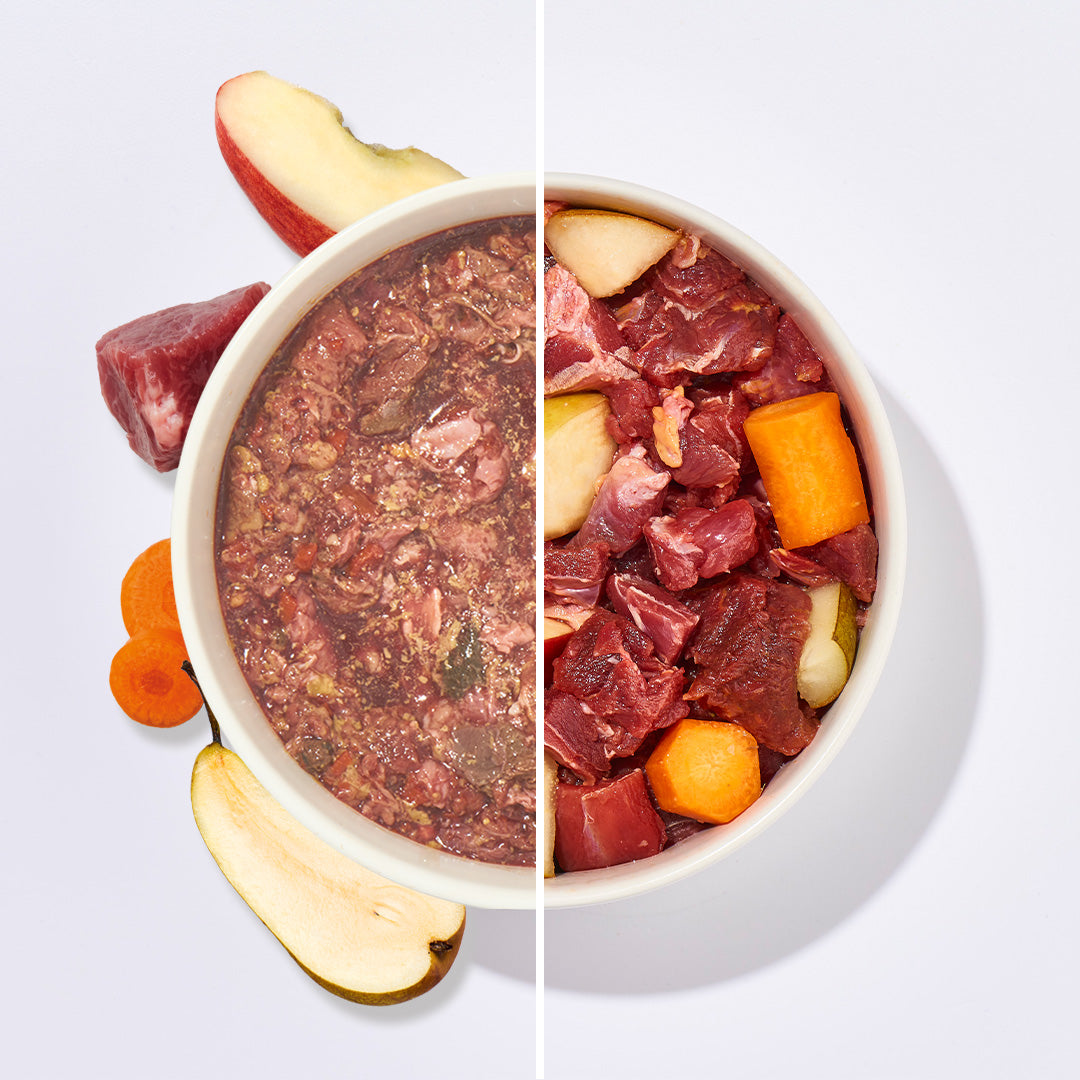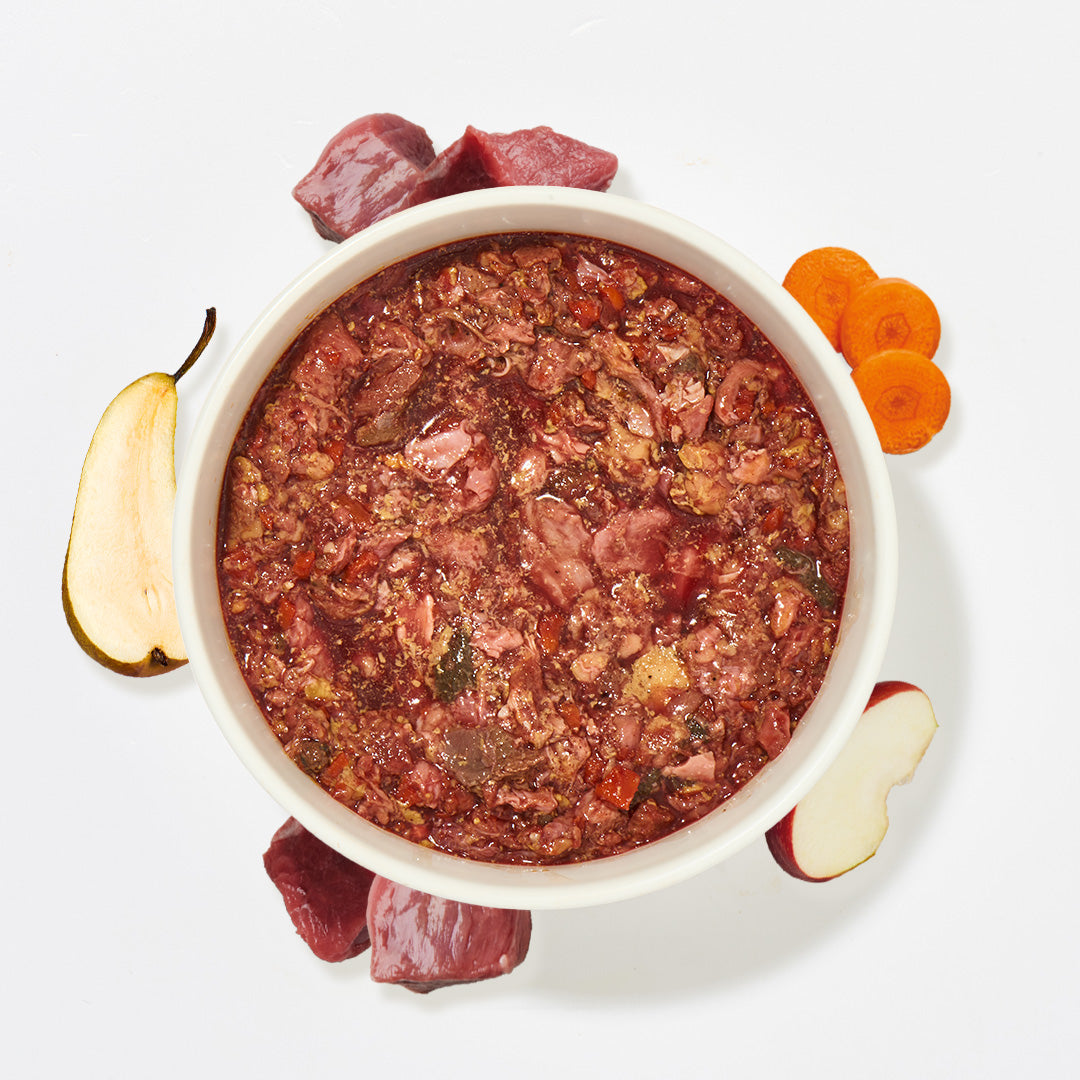Claw care for dogs is an important health issue that should be approached with great care. Regular claw care for dogs in general and claw cutting in particular prevent diseases of the paws and the musculoskeletal system, so that the dog can ideally move freely. If, however, claw care is not carried out or is carried out irregularly, this can lead to serious health consequences over time.
Claw care: Protect your dog from damage
As a rule, dog claw care is not something that can be done alone - especially if the dog spends most of its time indoors and on smooth surfaces, so that the claws do not wear down. Dog claws are a good length if they barely touch the ground or only lightly touch it. If the claws are longer, scratching can cause injuries. The risk of a claw being torn out also increases significantly with increasing length. Very long claws can also twist or grow in, causing posture problems if the dog avoids putting pressure on the painful areas.
Caring for a dog's claws is one of the most important tasks that humans should carry out on a regular basis. Regular trimming also has another practical advantage: the longer the claws are not trimmed, the more likely it is that nerves and blood vessels will grow further into the claw. This can make it difficult or even impossible to trim the claw back to the correct length later on without injuring the dog.
Claw care for dogs: the right tools
Anyone who has ever taken care of a dog's claws will know that not every tool is suitable for this task. Nail scissors or nail clippers for humans, for example, are unsuitable because they squeeze the claw together in an uncomfortable way for the dog. Special claw pliers or an electronic claw trimmer optimize the cutting angle and ensure that the claw can be trimmed well. The best way to do this is to proceed step by step, removing the long claw millimeter by millimeter. This makes it easy to estimate when the optimal claw length has been reached and minimizes the risk of cutting off too much claw. Claw pliers are available in different sizes to suit your dog's claws.
Relaxed claw care for dogs
The best way to care for your dog's claws is to create a relaxed atmosphere for your four-legged friend beforehand. It helps to set up a comfortable place and start by petting it. After a few minutes, you can then carefully take the paw in your hand, spread a claw slightly and carefully use the claw clippers or claw trimmer. It is important that the correct angle is defined for each claw at the end of the process - the cutting edge should be as horizontal to the ground as possible when the dog is at rest or with the tip pointing slightly forward. If this does not work when cutting, you can give it a quick helping hand with a nail file.
For small dogs with relatively delicate claws, a nail grinder may be more suitable from the start than pliers or trimmers. This technique combines shortening and filing the claws and prevents uncontrolled splintering.
Claw care for dogs also includes nutrition
Caring for a dog's claws is much more pleasant for both animal and human when the claws are healthy and therefore strong and elastic at the same time. The right diet can help with this. In our BARF shop you will find many minerals for dogs which usefully complement the meat meals in the BARF diet. The supply of calcium and zinc as well as vitamins A and D is particularly important. If this is not present, the claws can become brittle. In addition to bones and cartilage, calcium can also be obtained from eggshell or horse bone meal. The supply of zinc in BARF consists primarily of muscle meat and offal for dogs , such as liver and spleen. Liver is also an important source of vitamin A, while vitamin D for dogs is mainly found in fish.
With these tips, you and your pet can hopefully enjoy healthy claws for a long time. You can find many other useful tips about BARF nutrition and dog care in our BARF guide .
